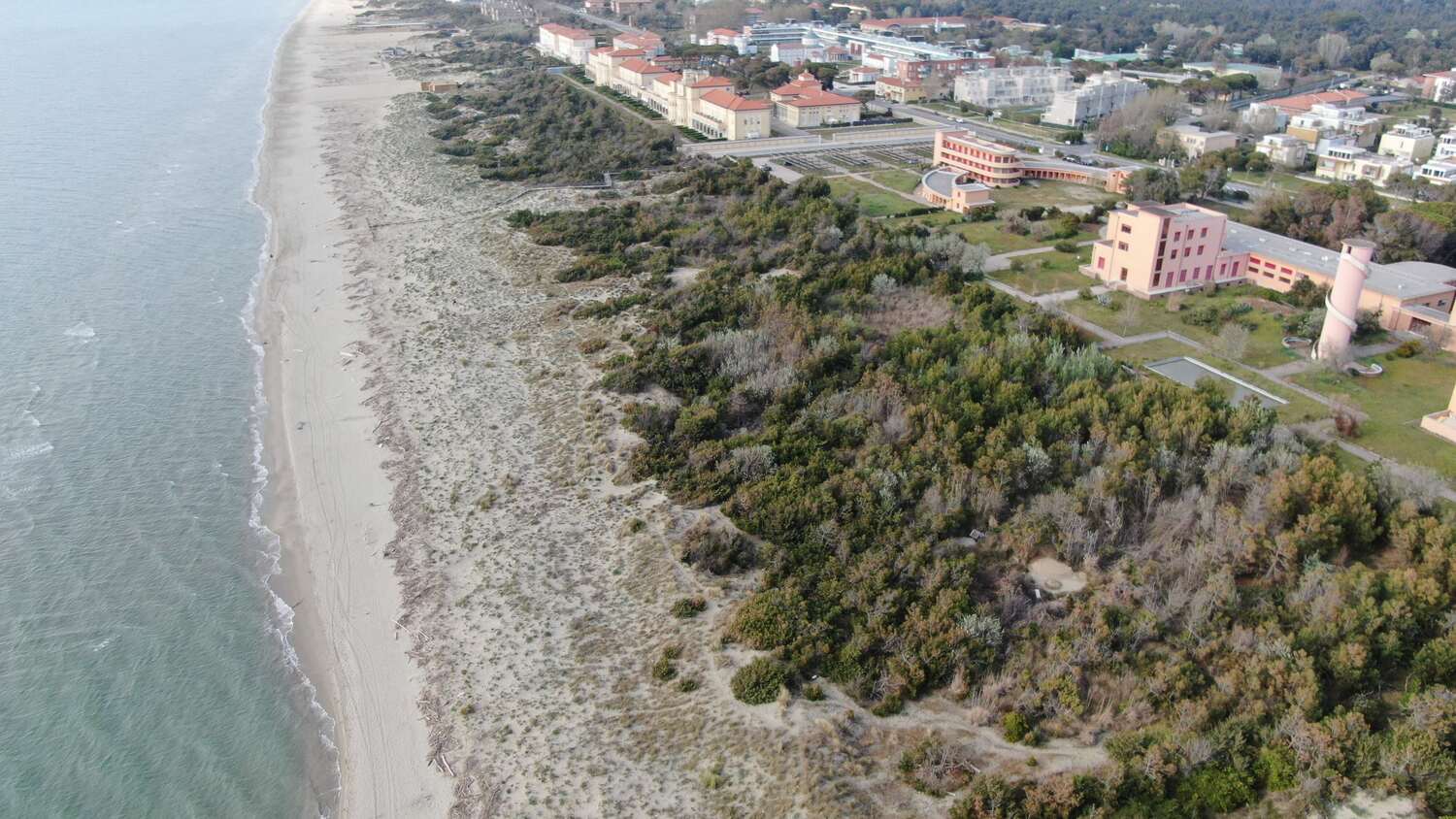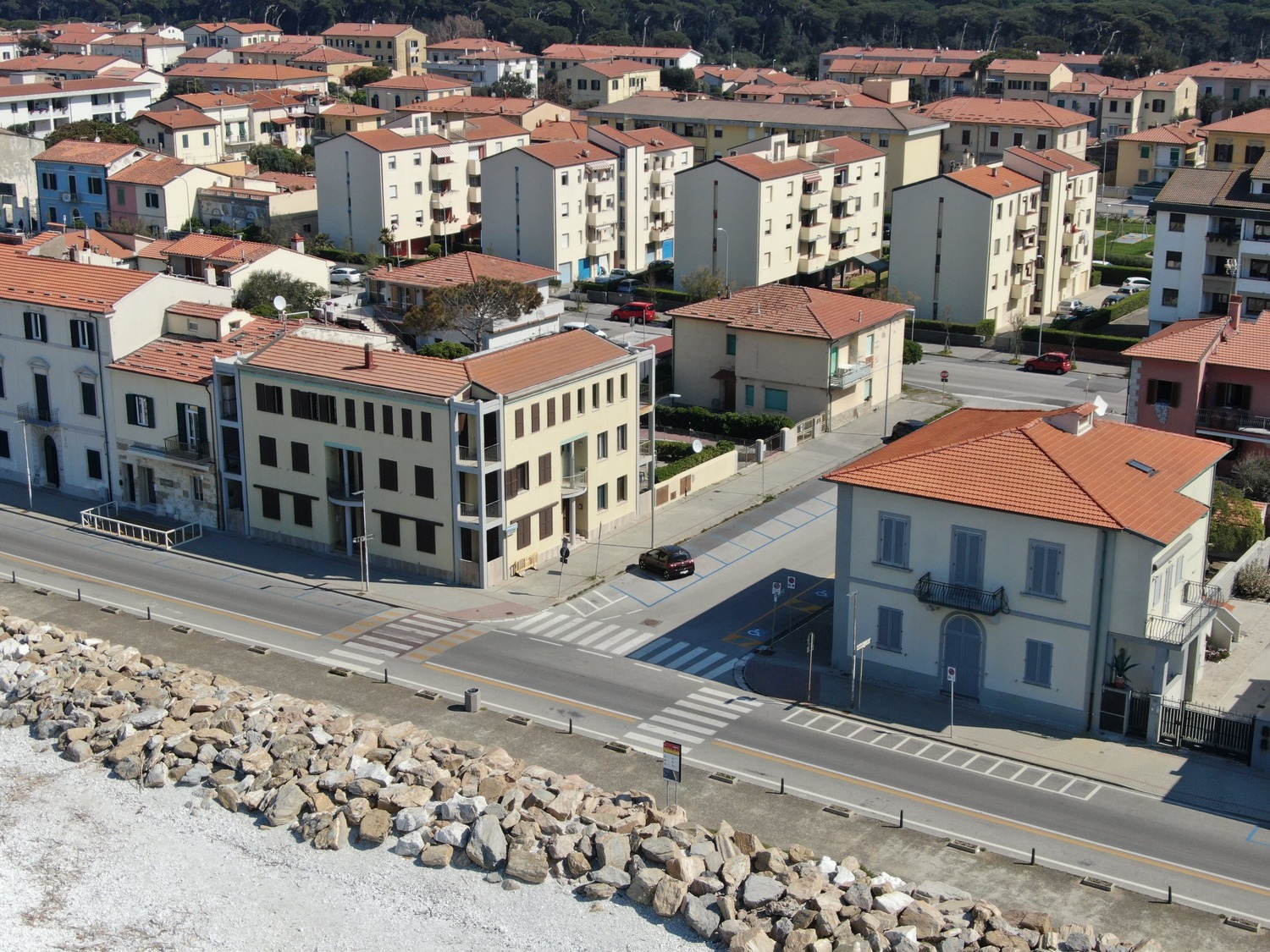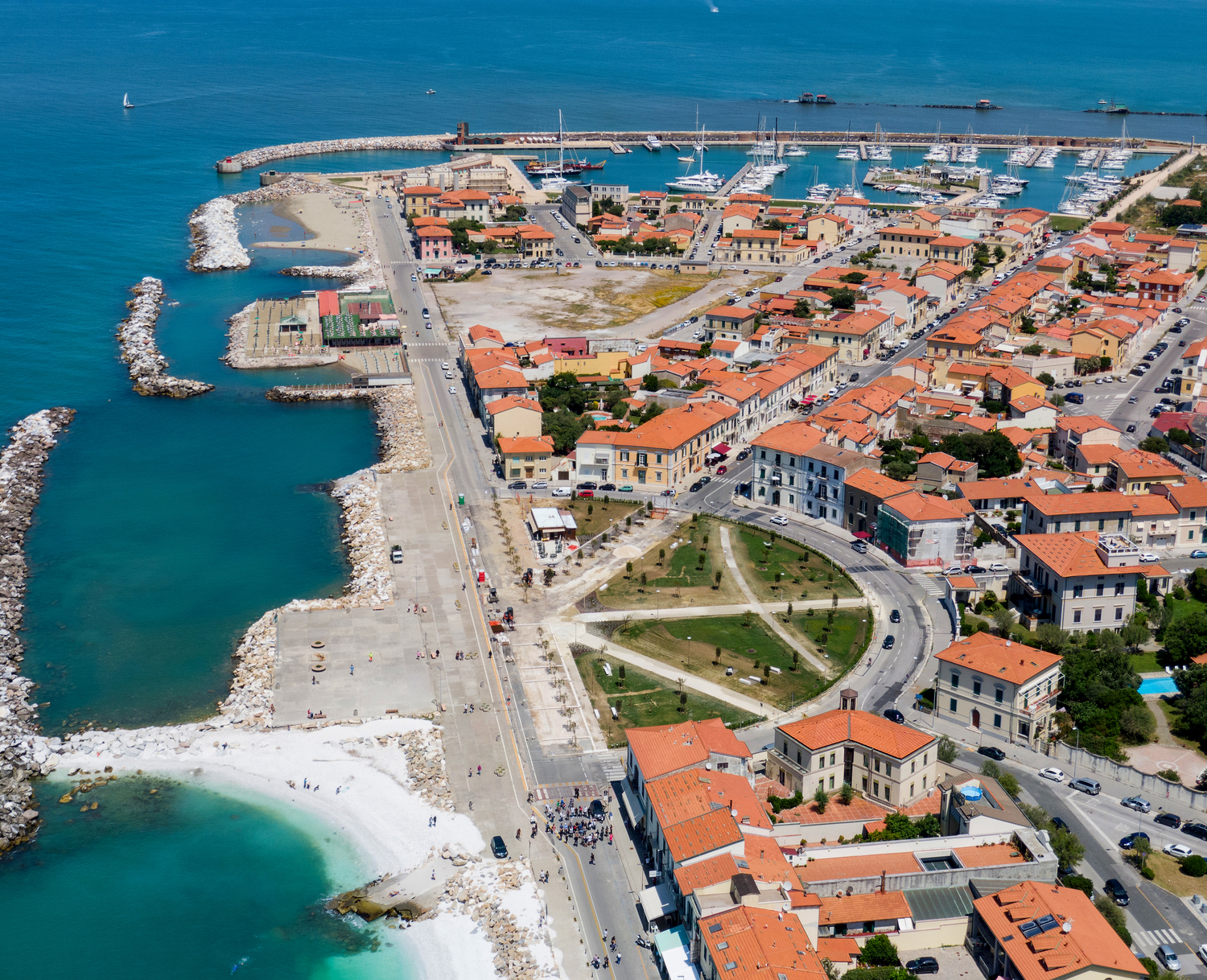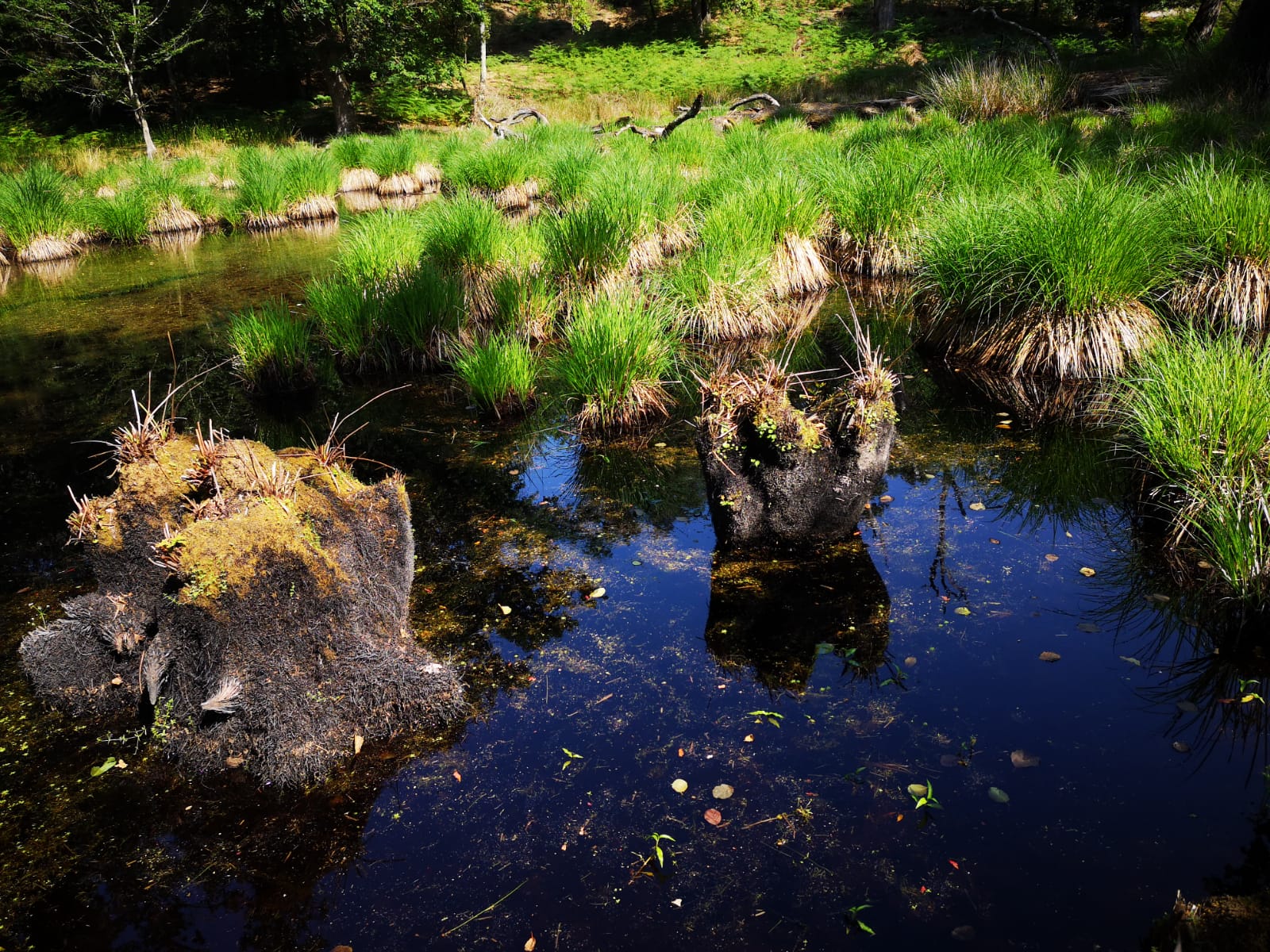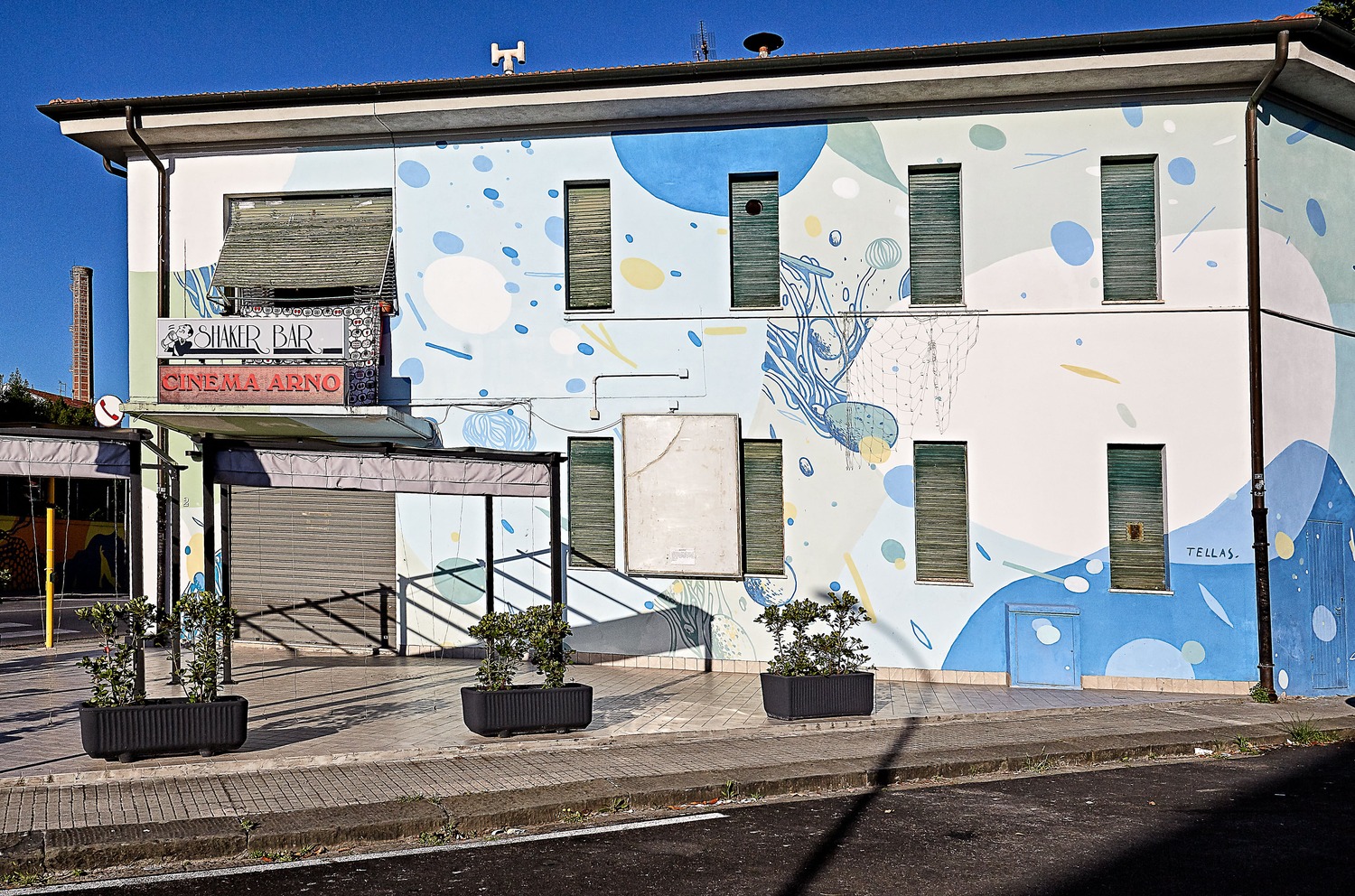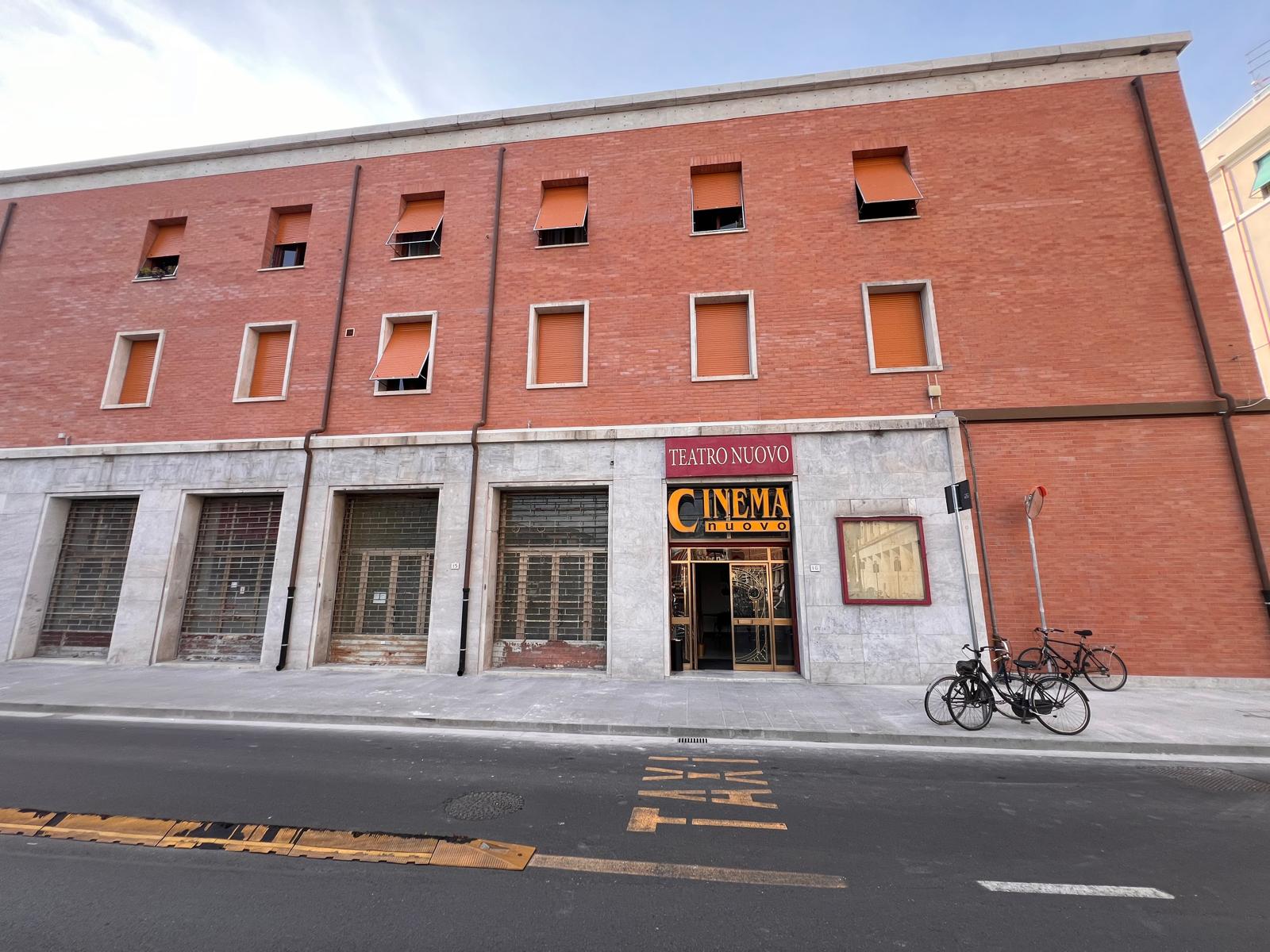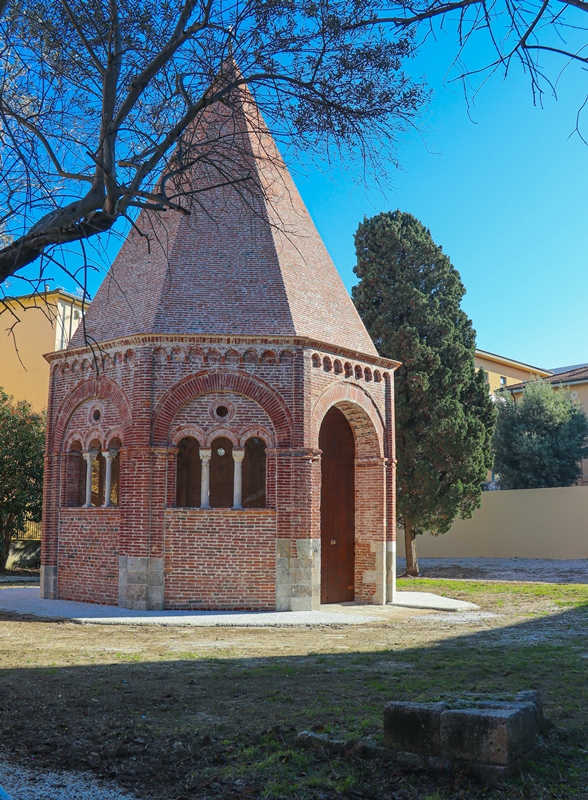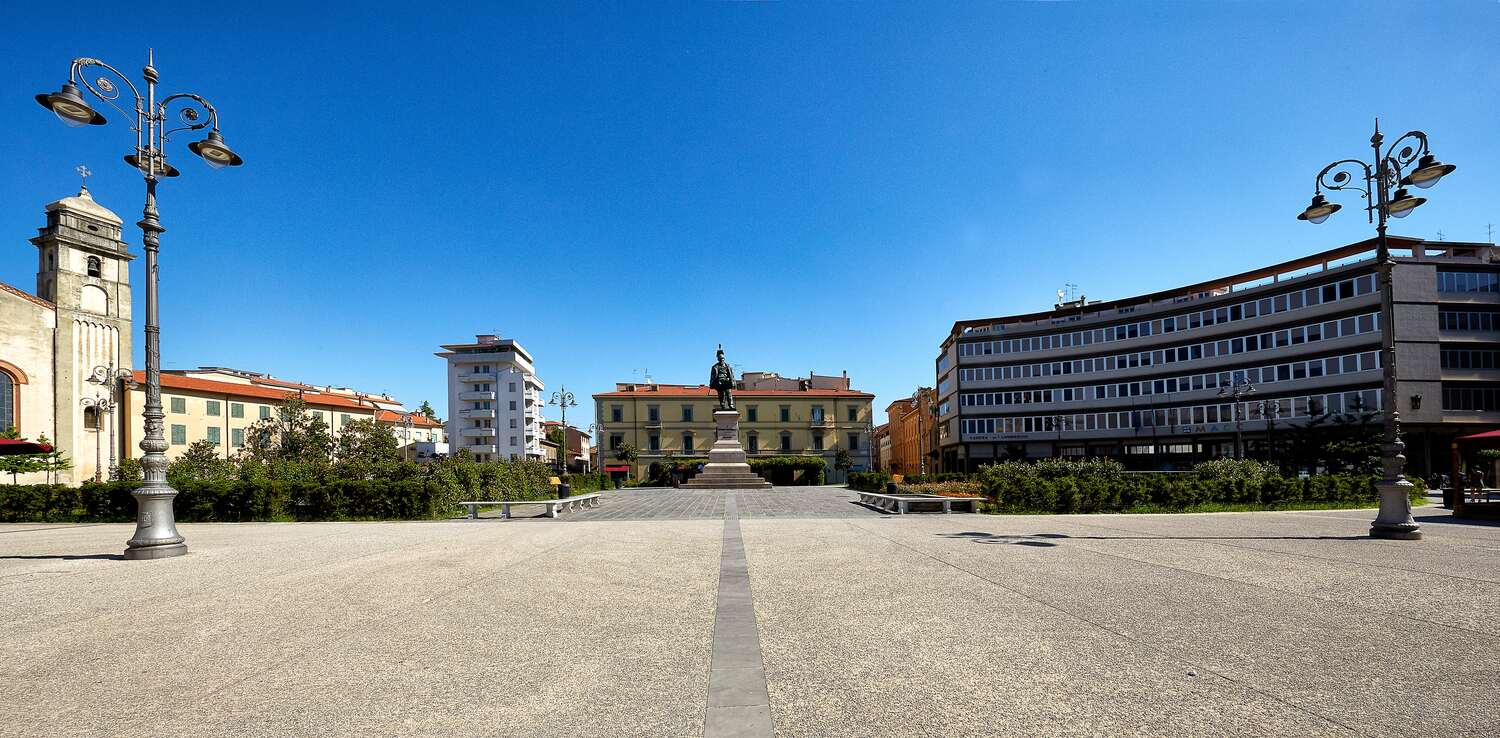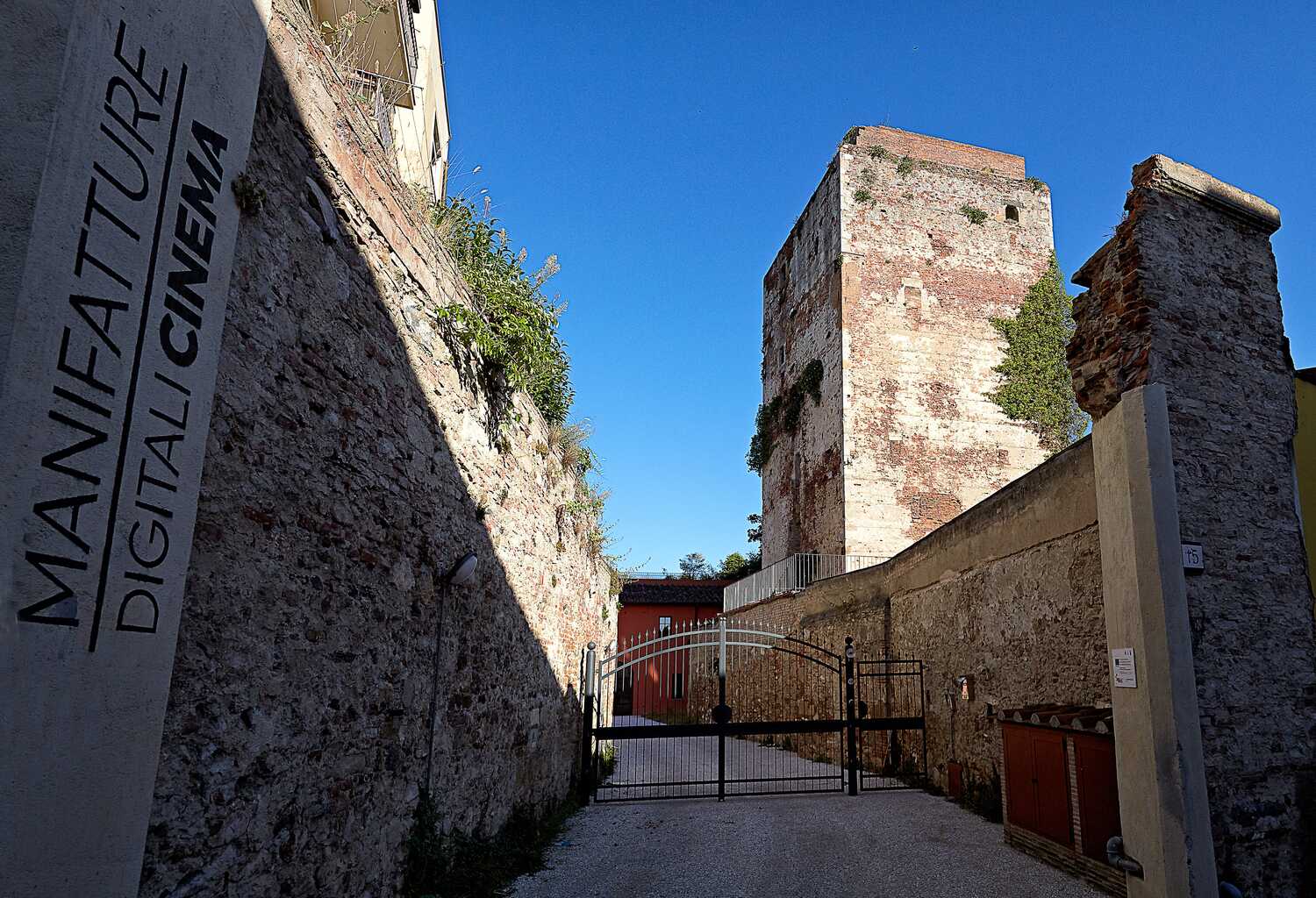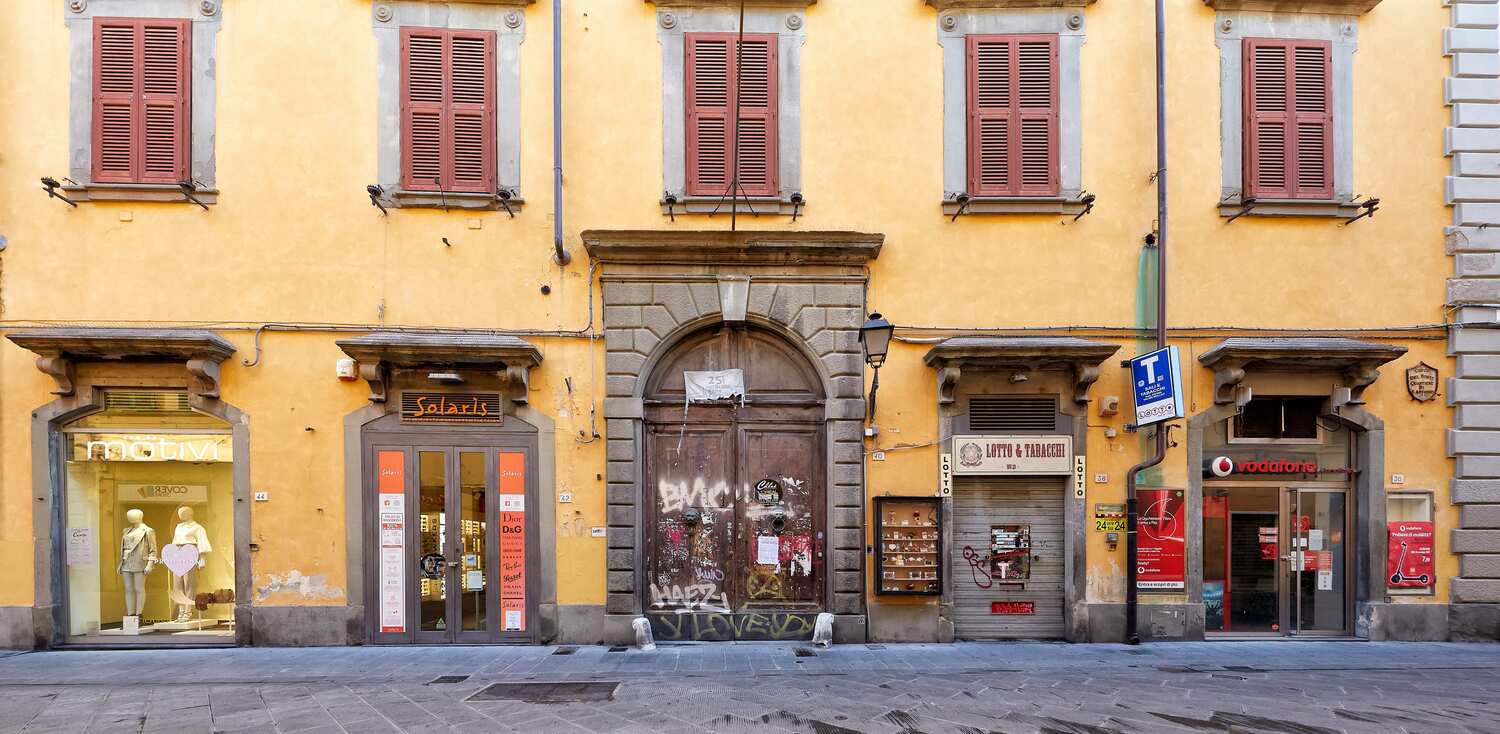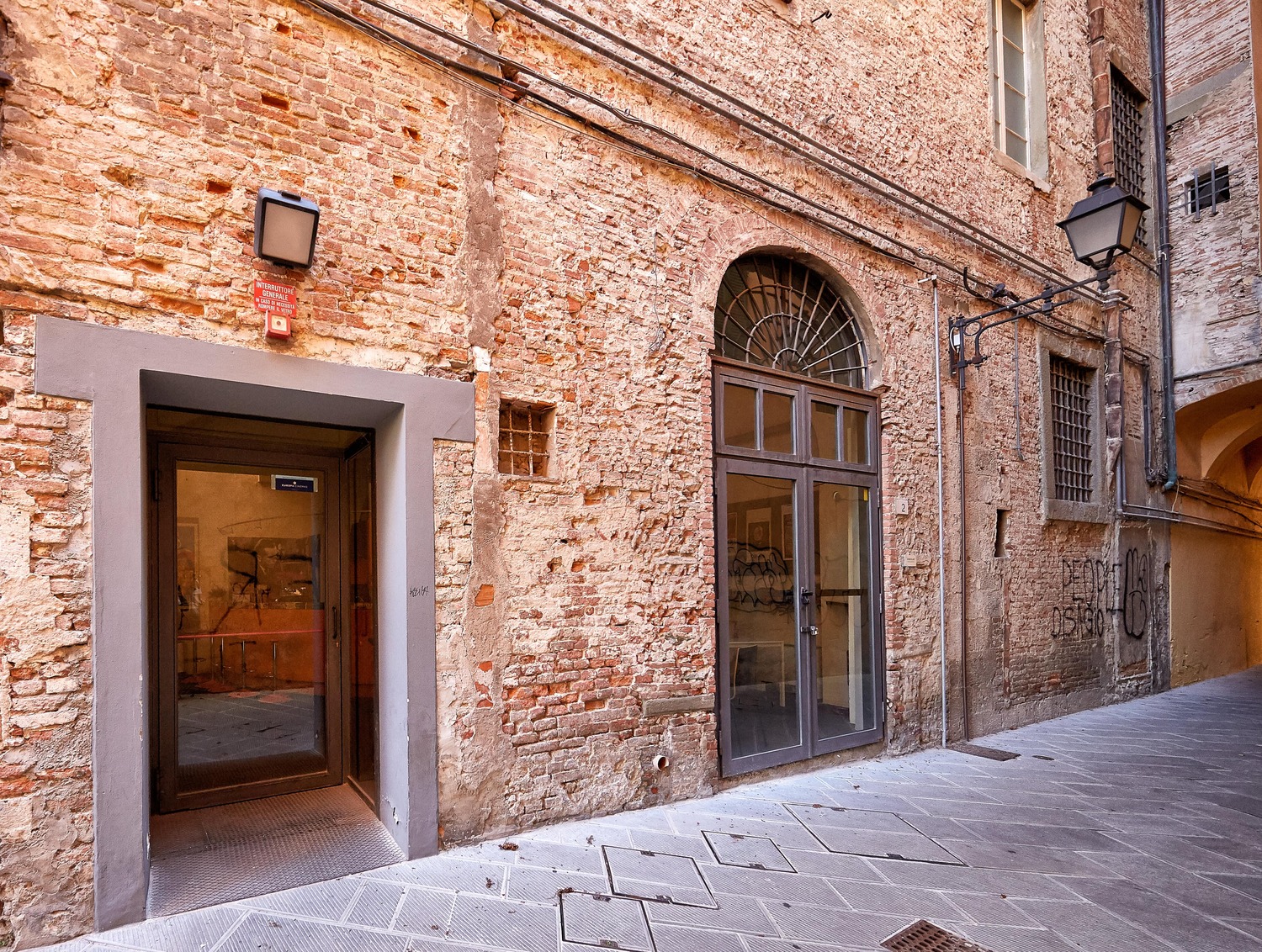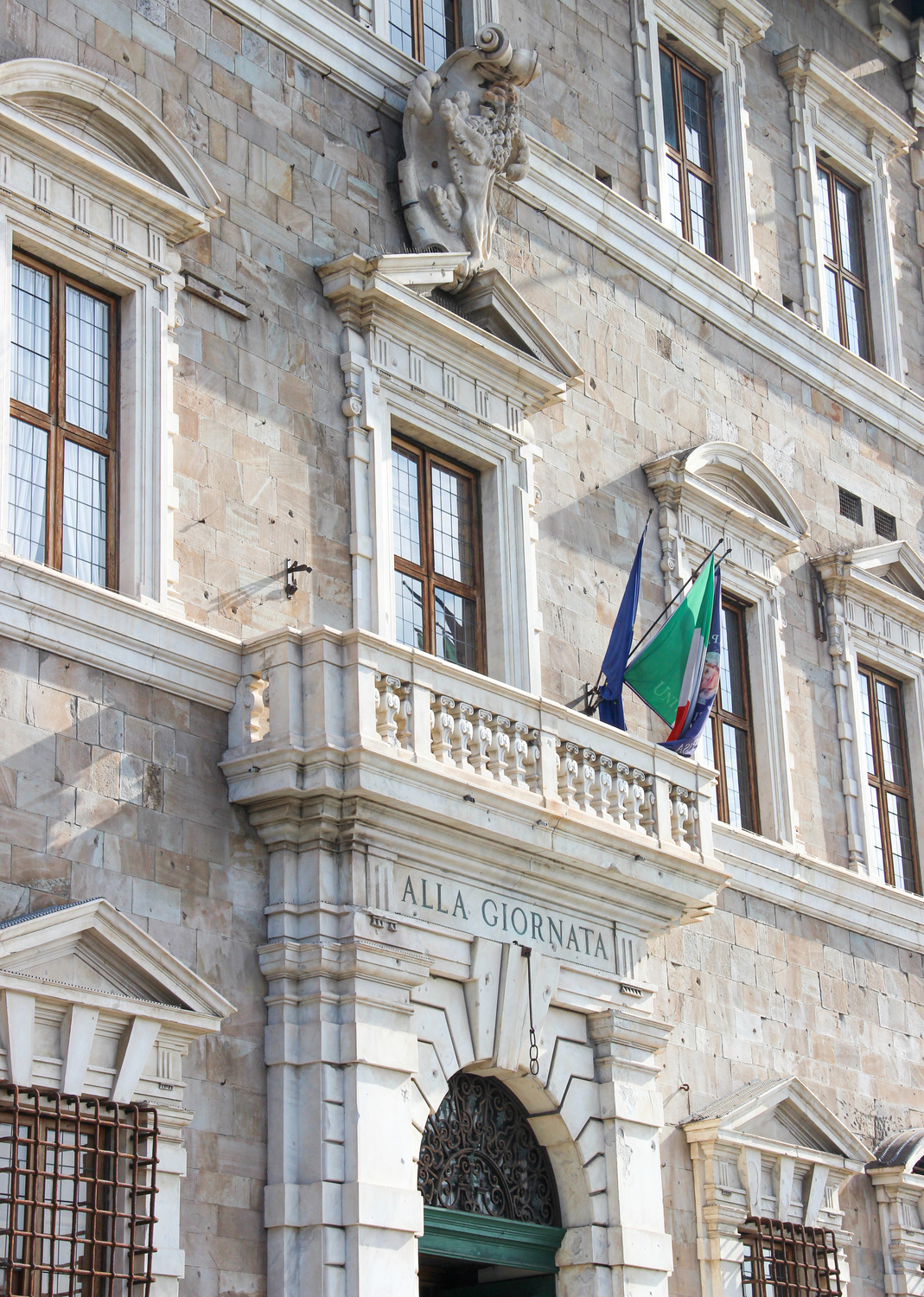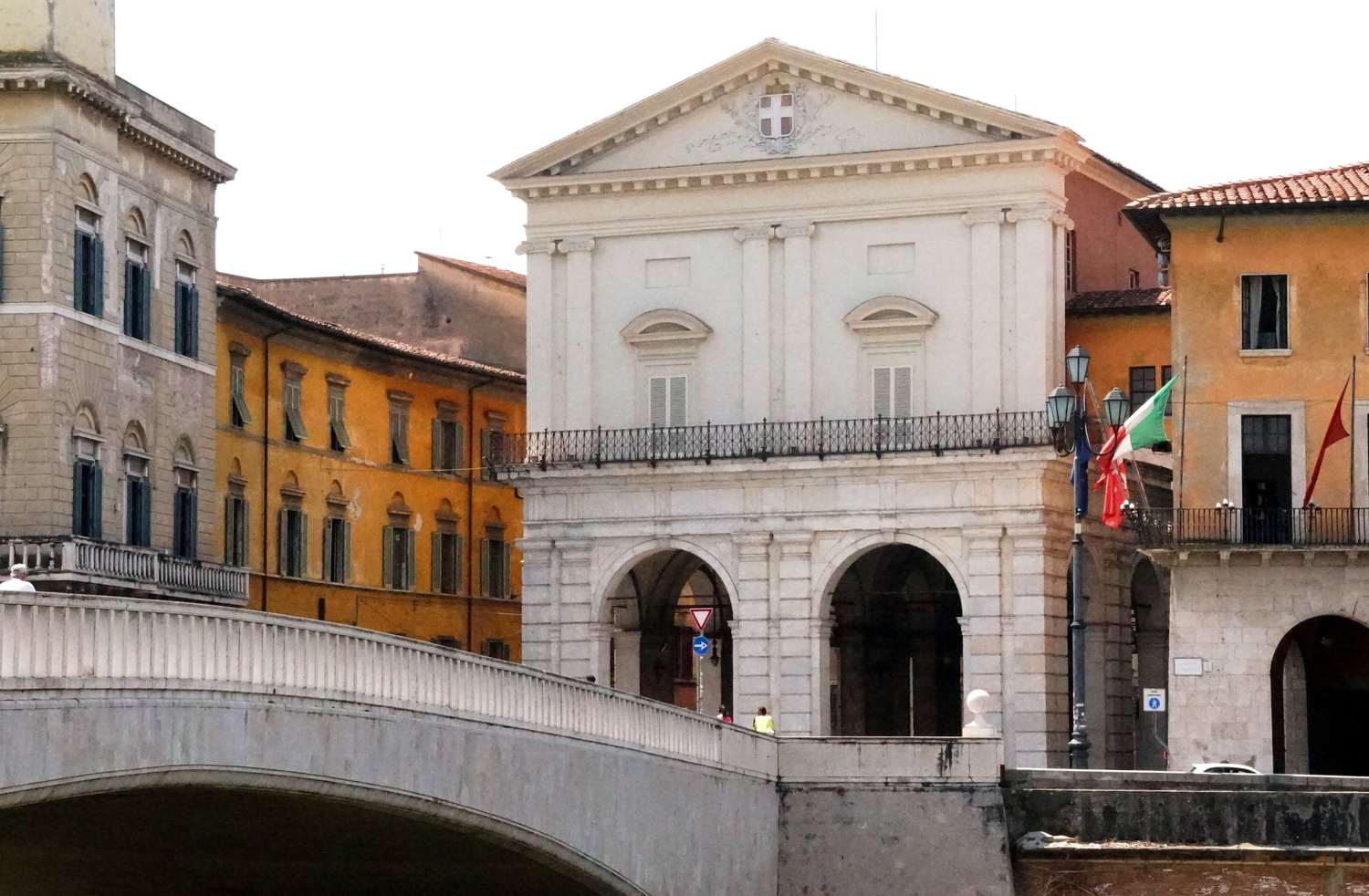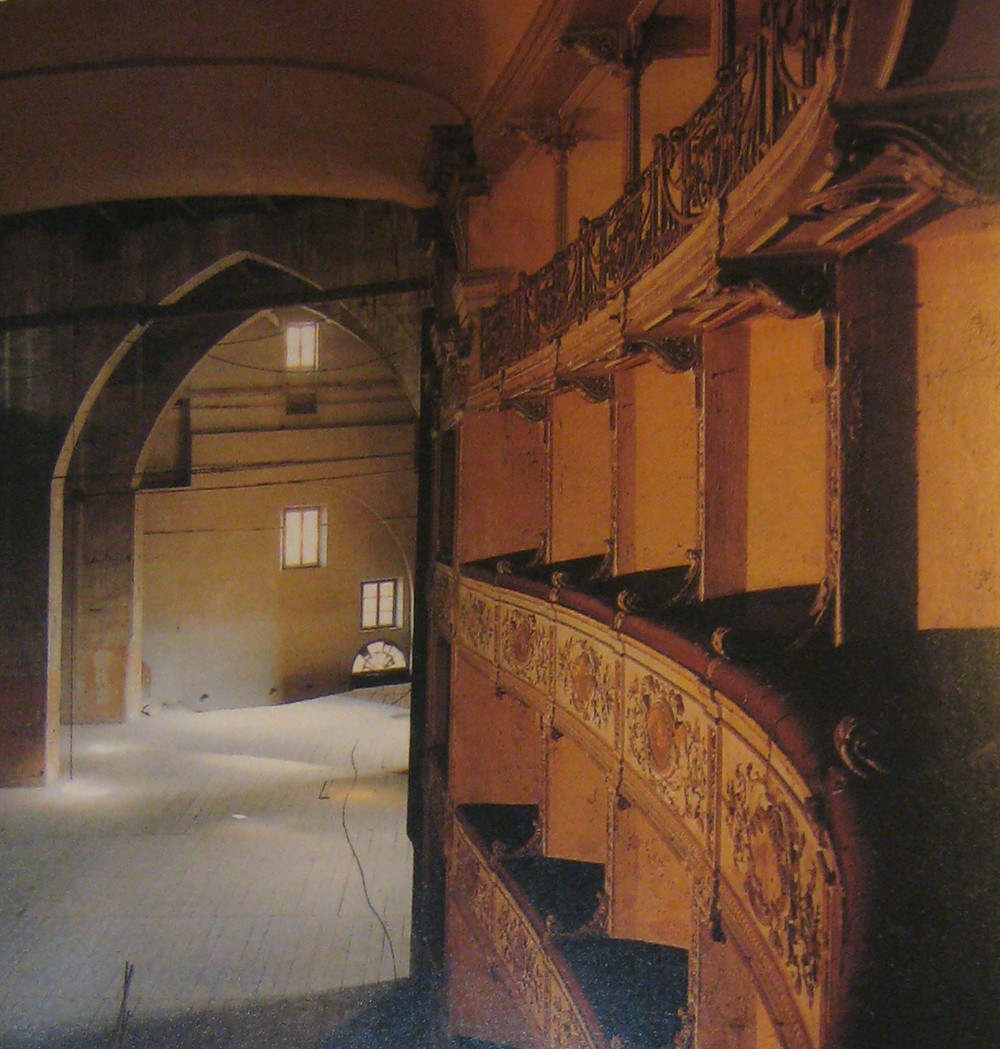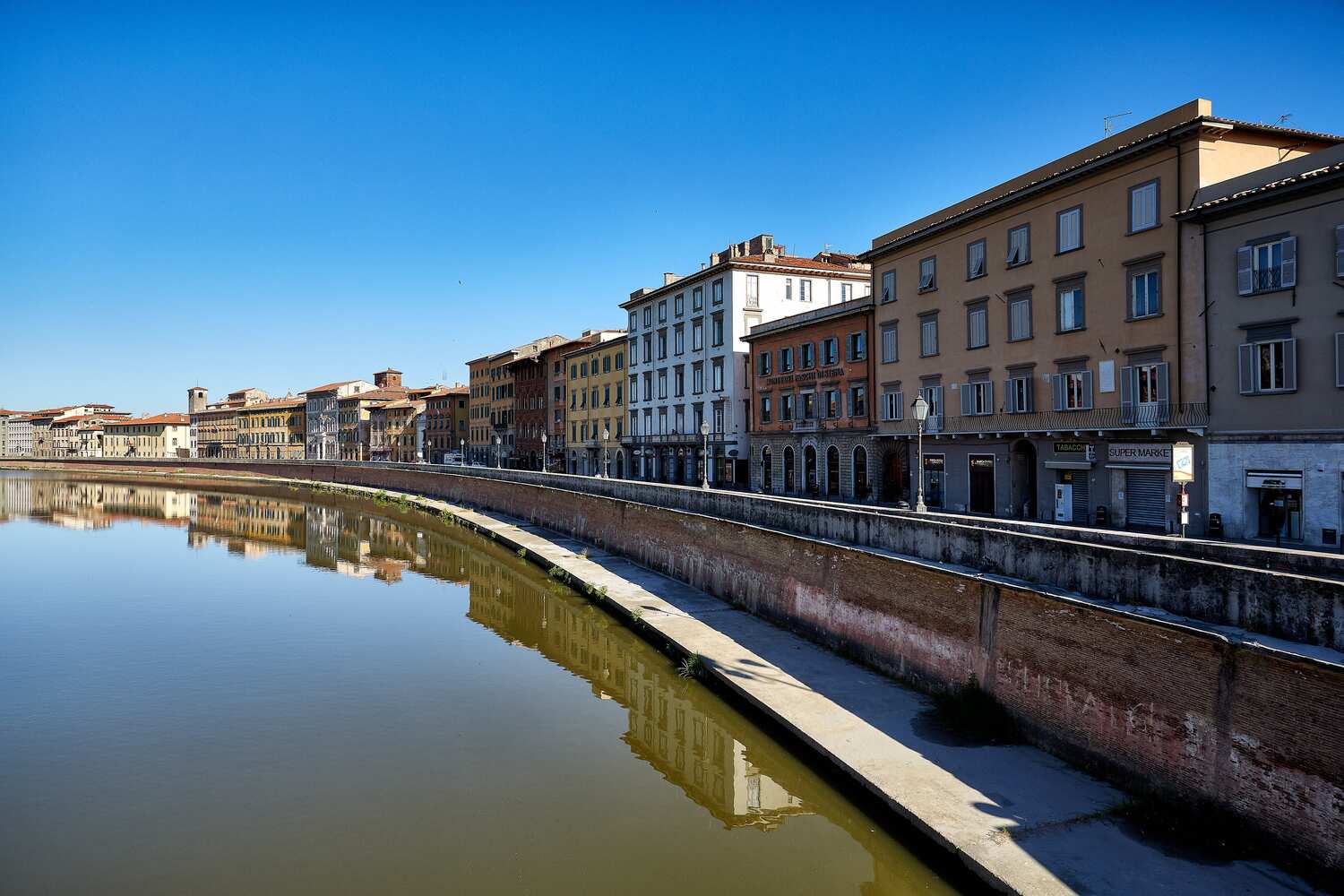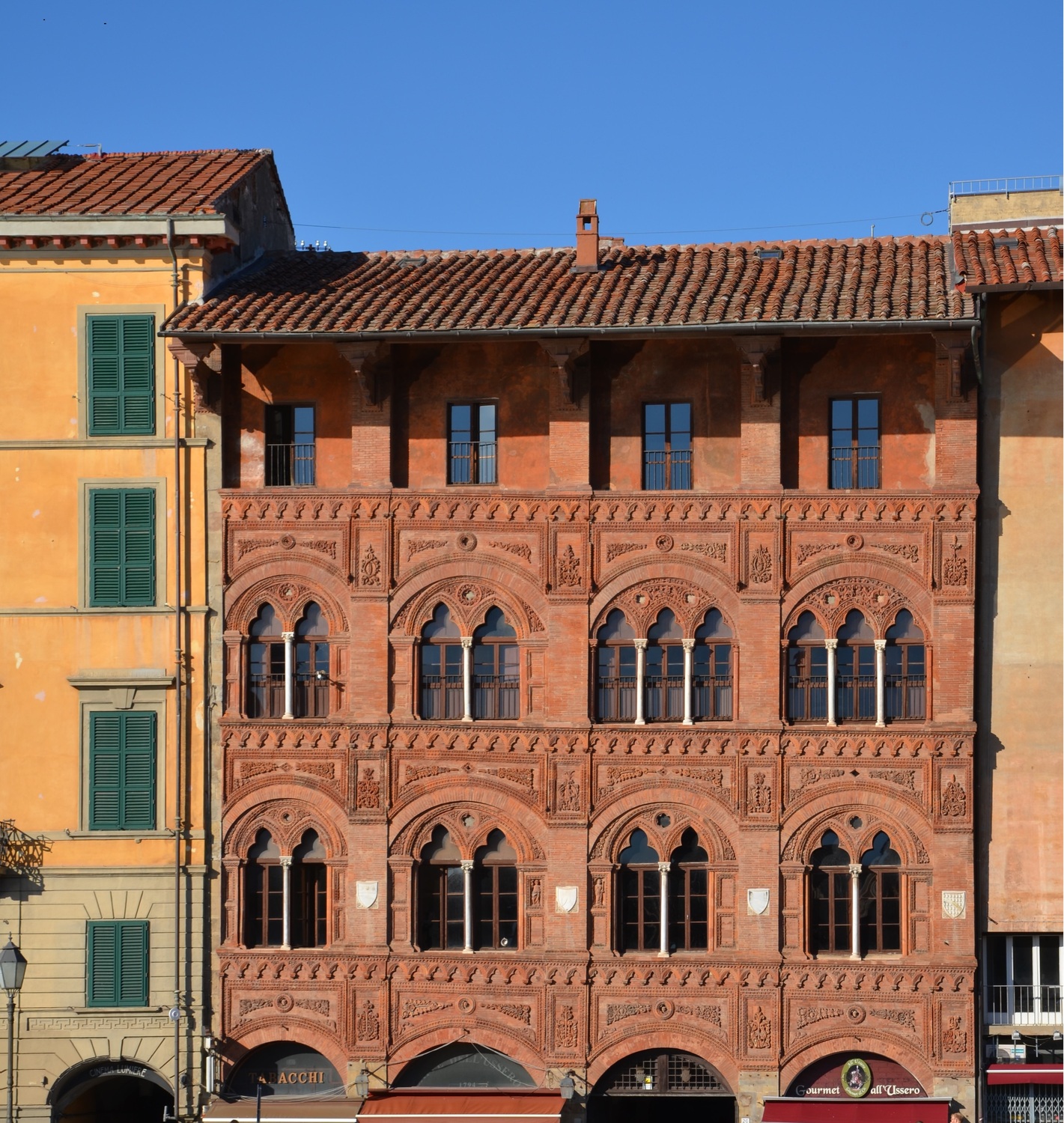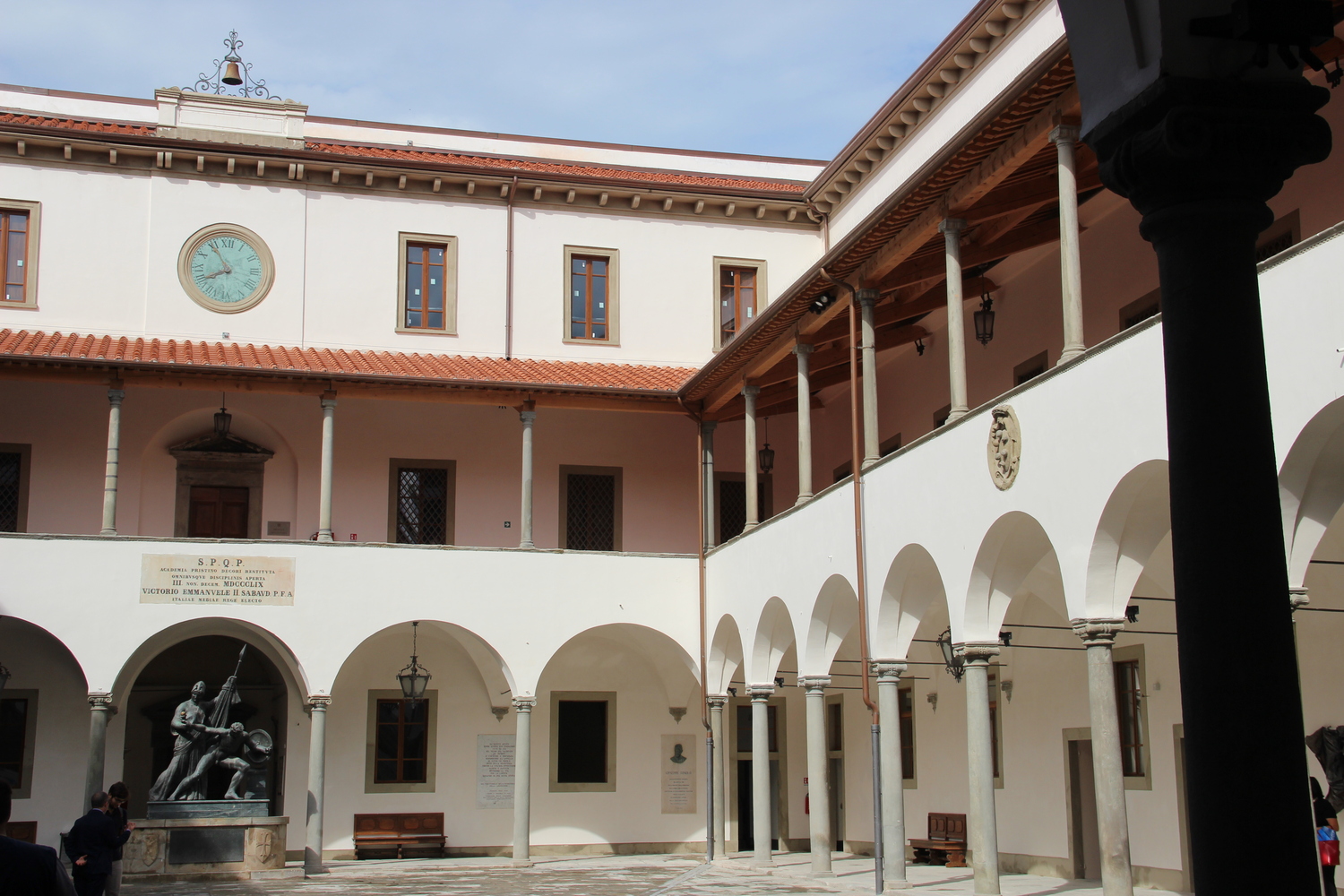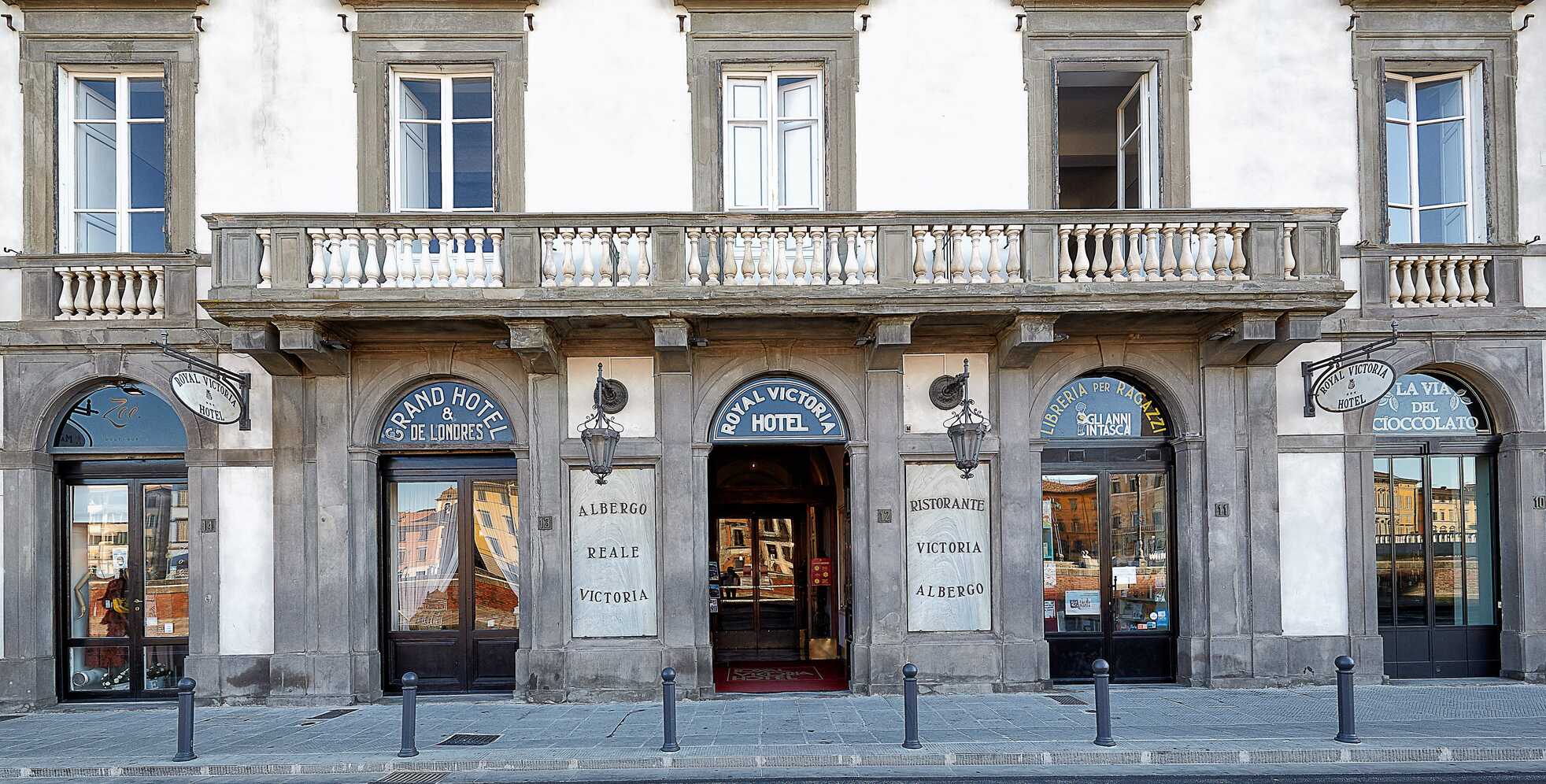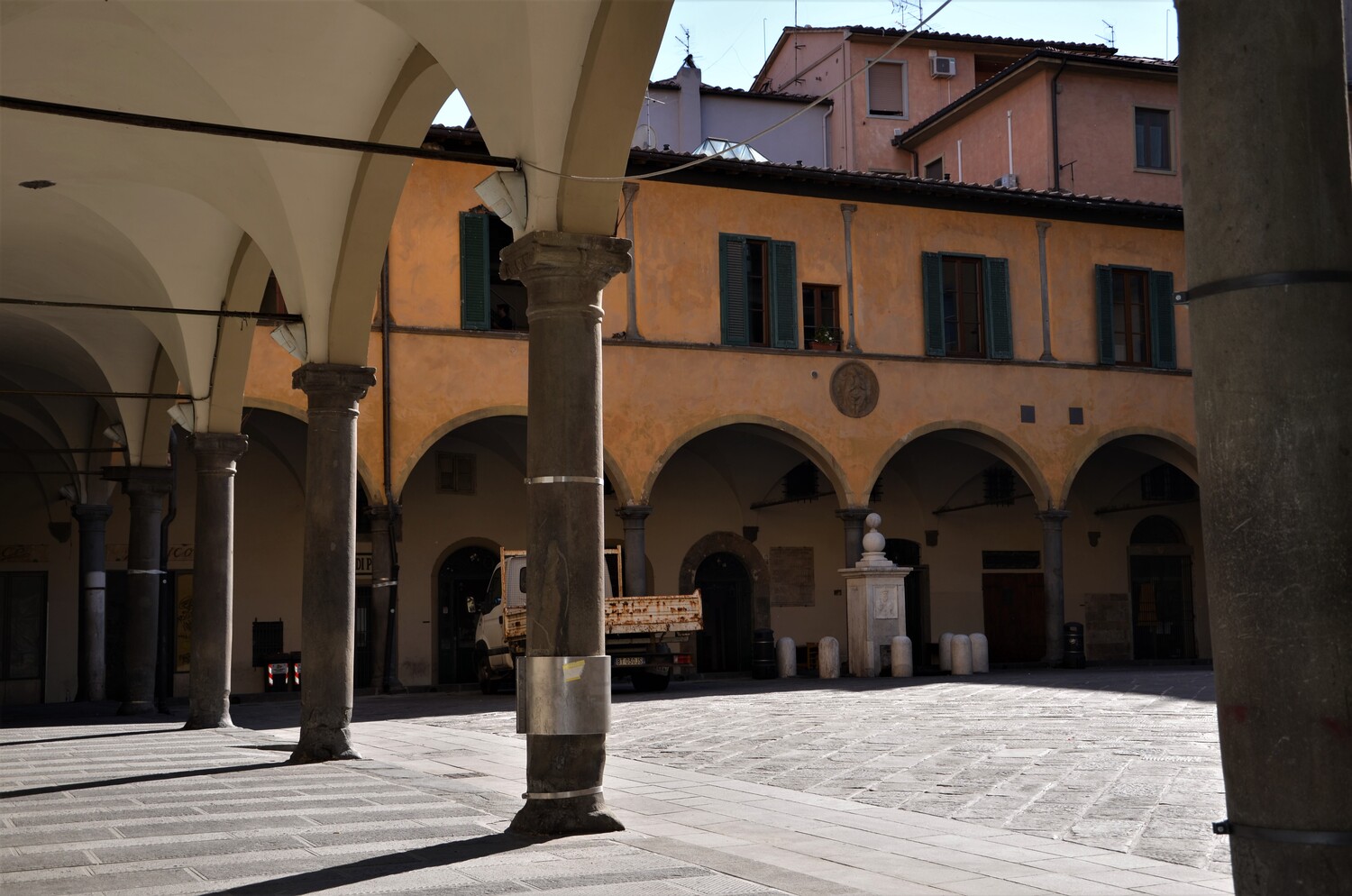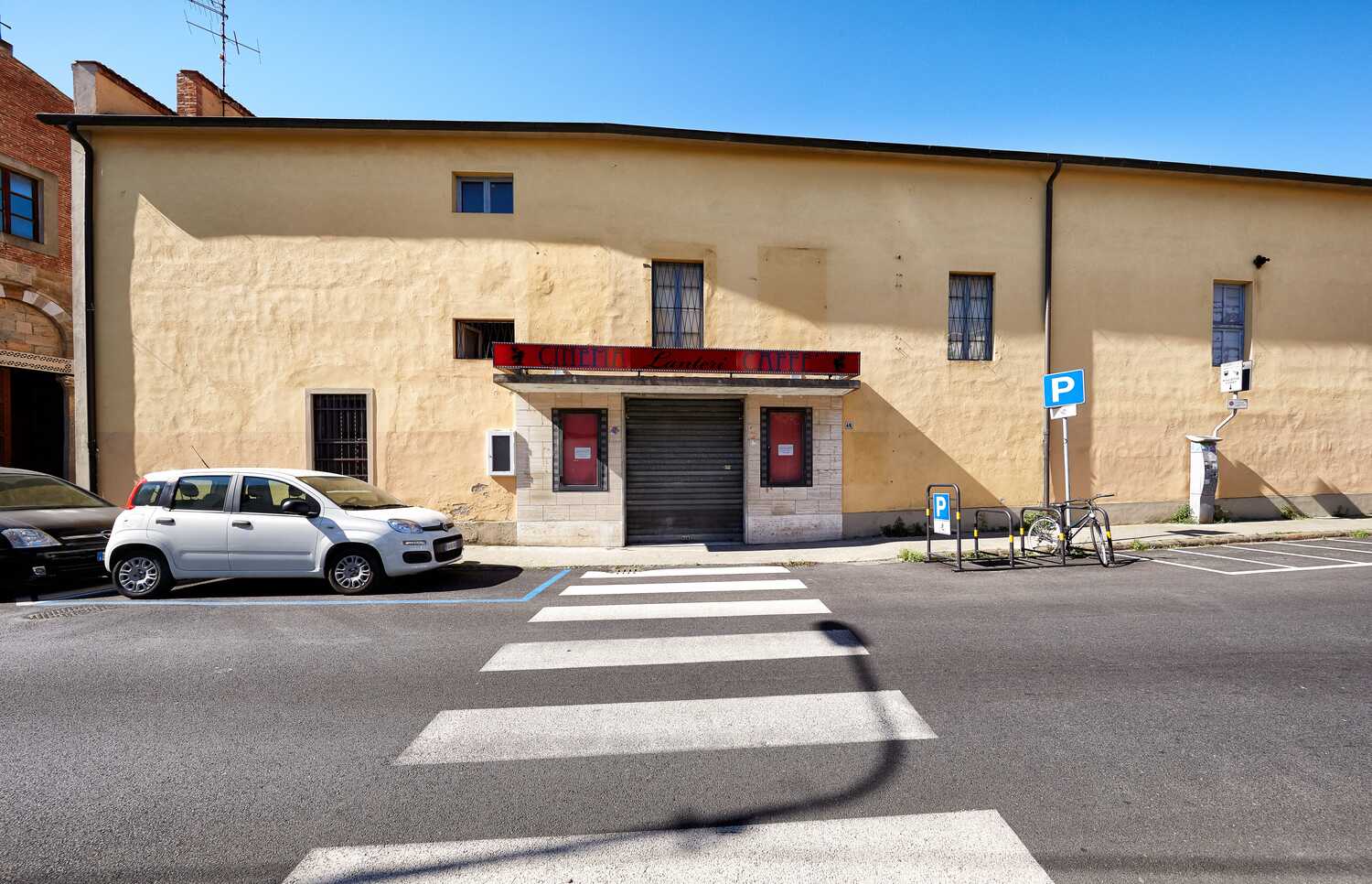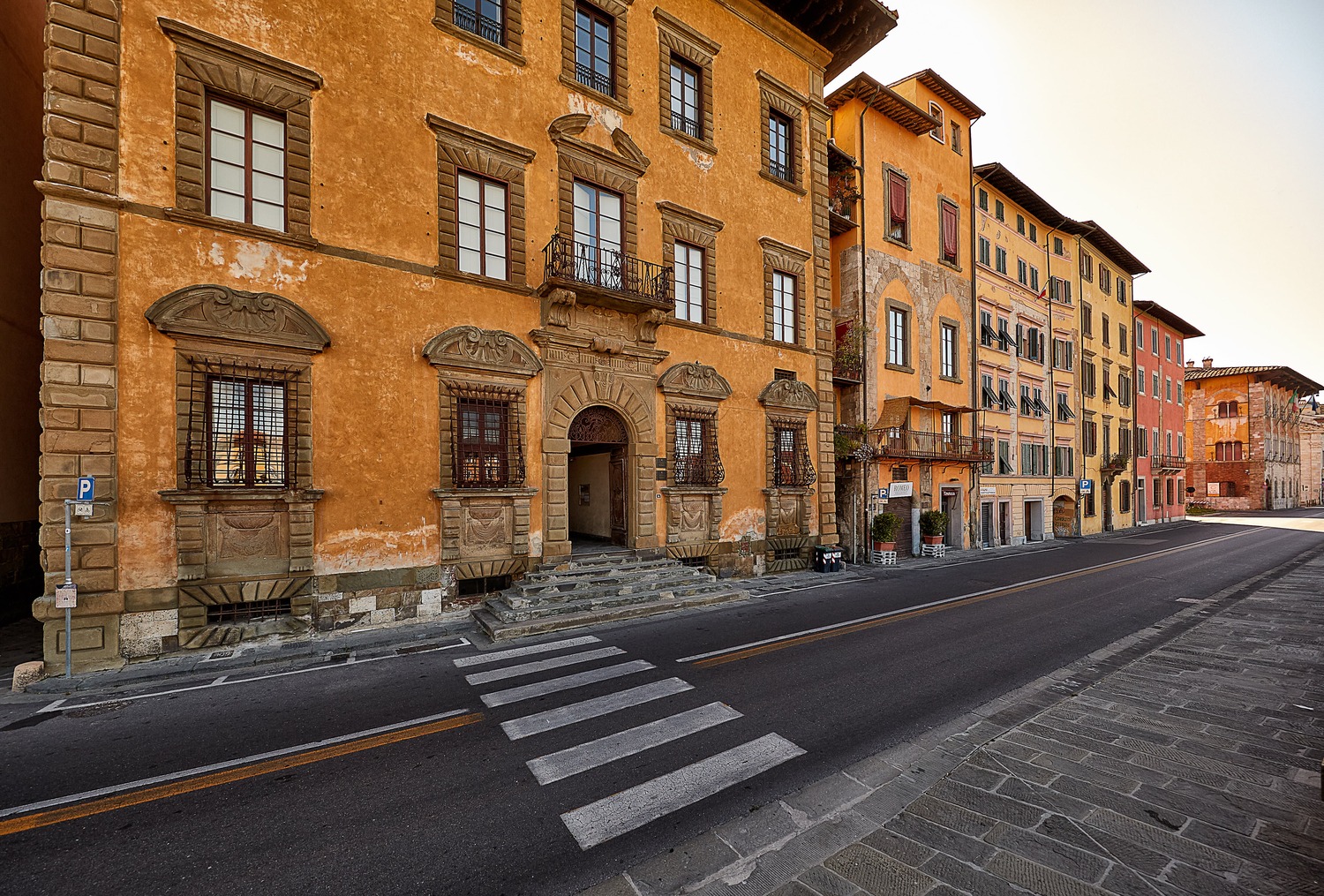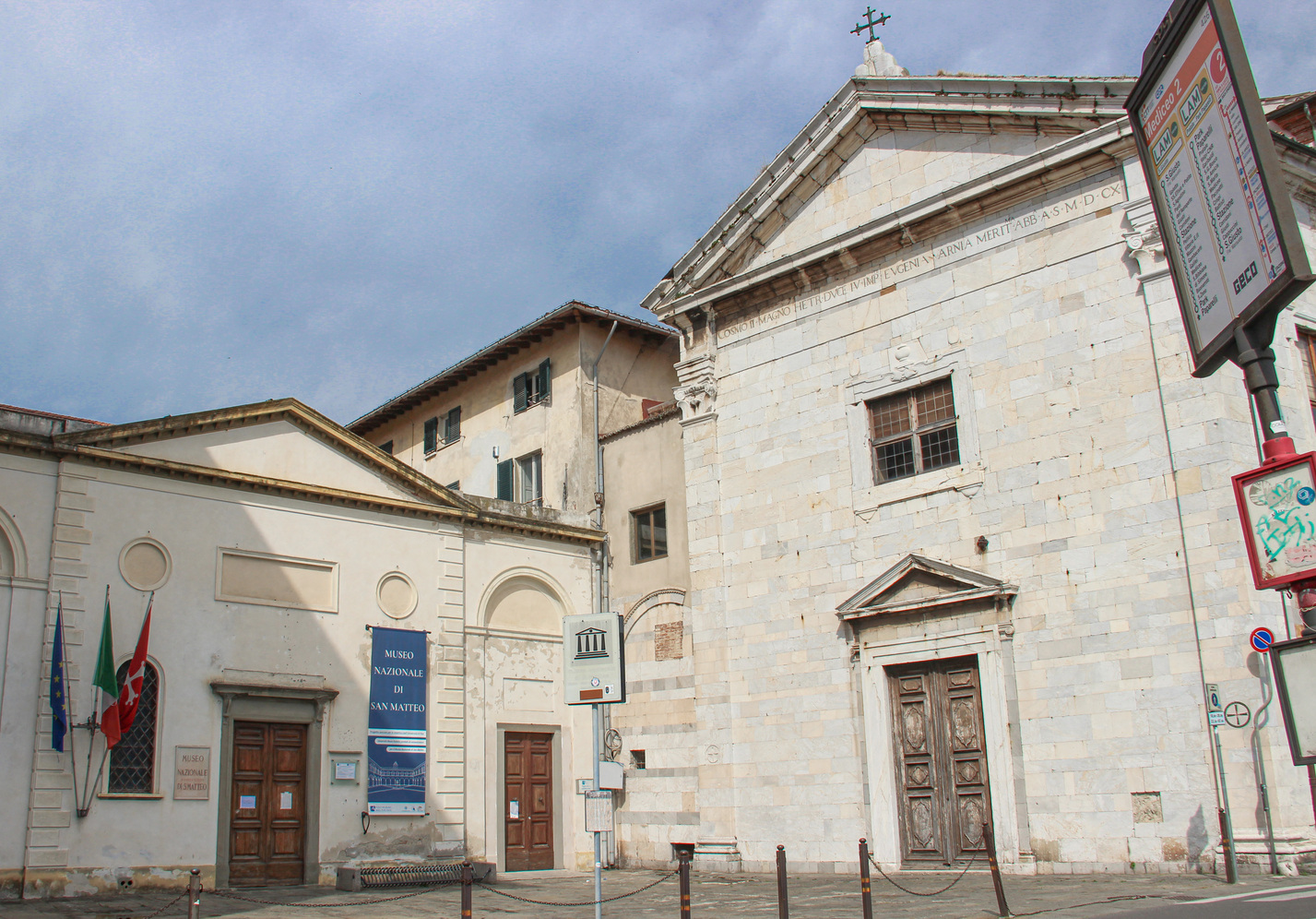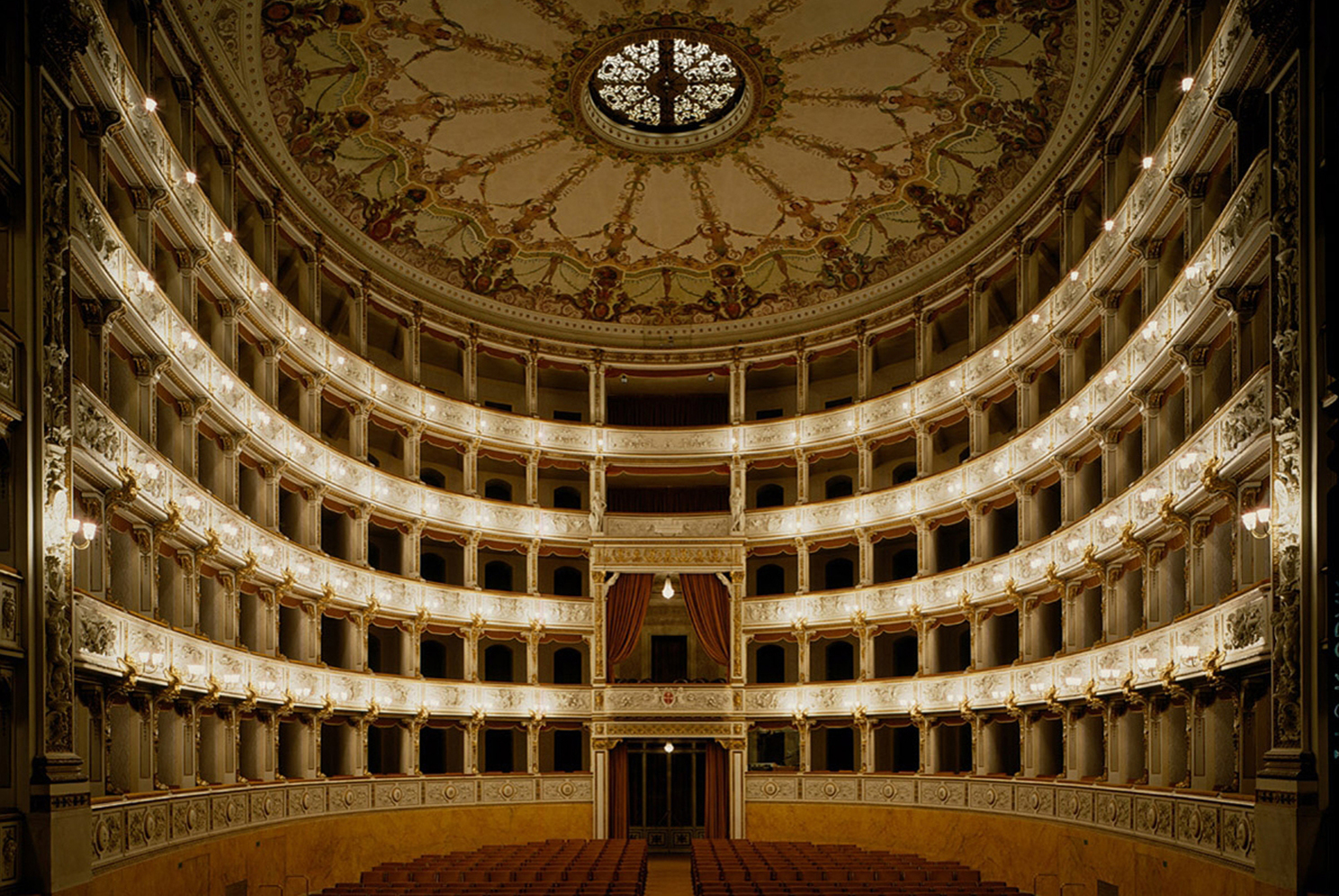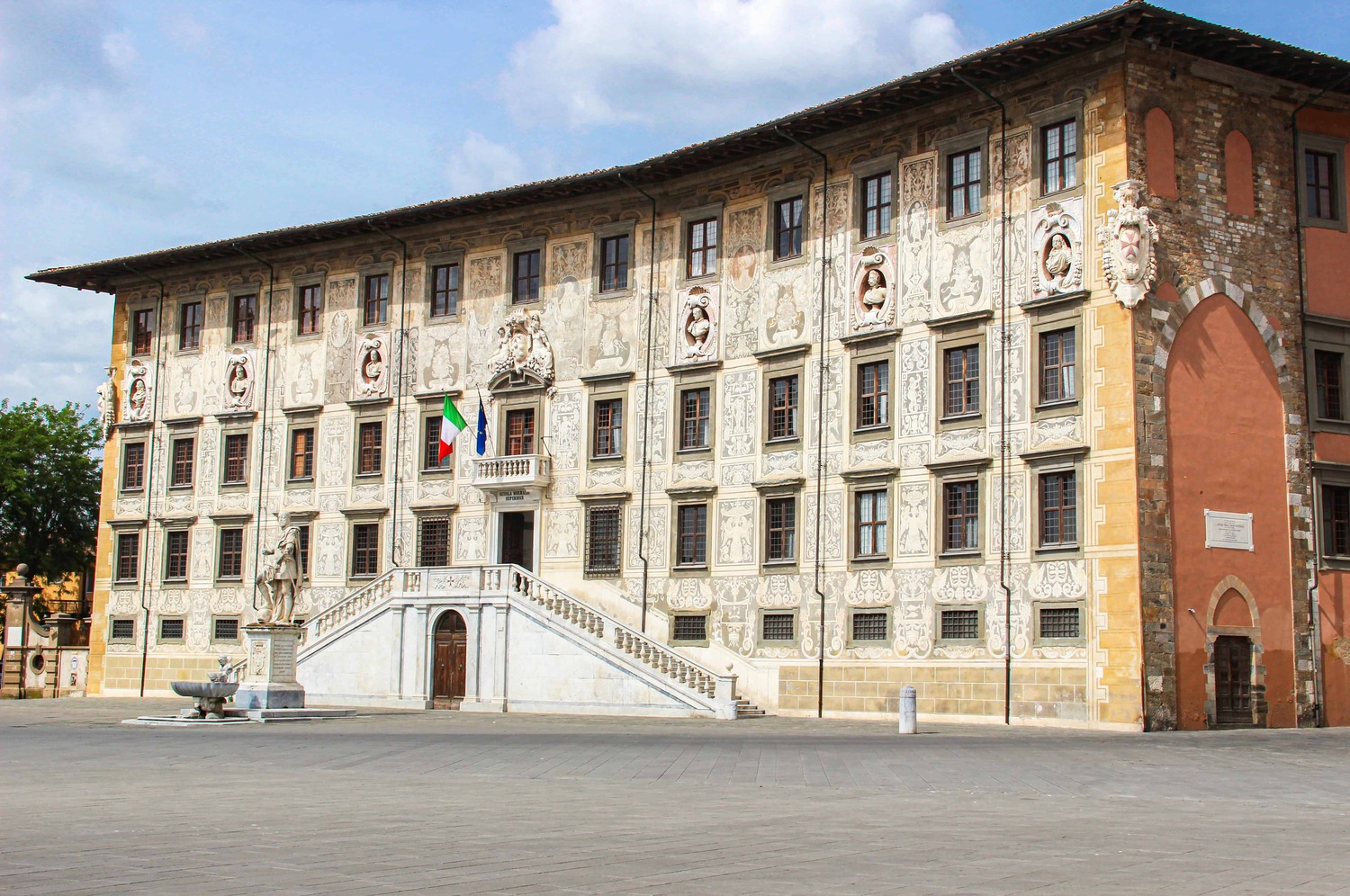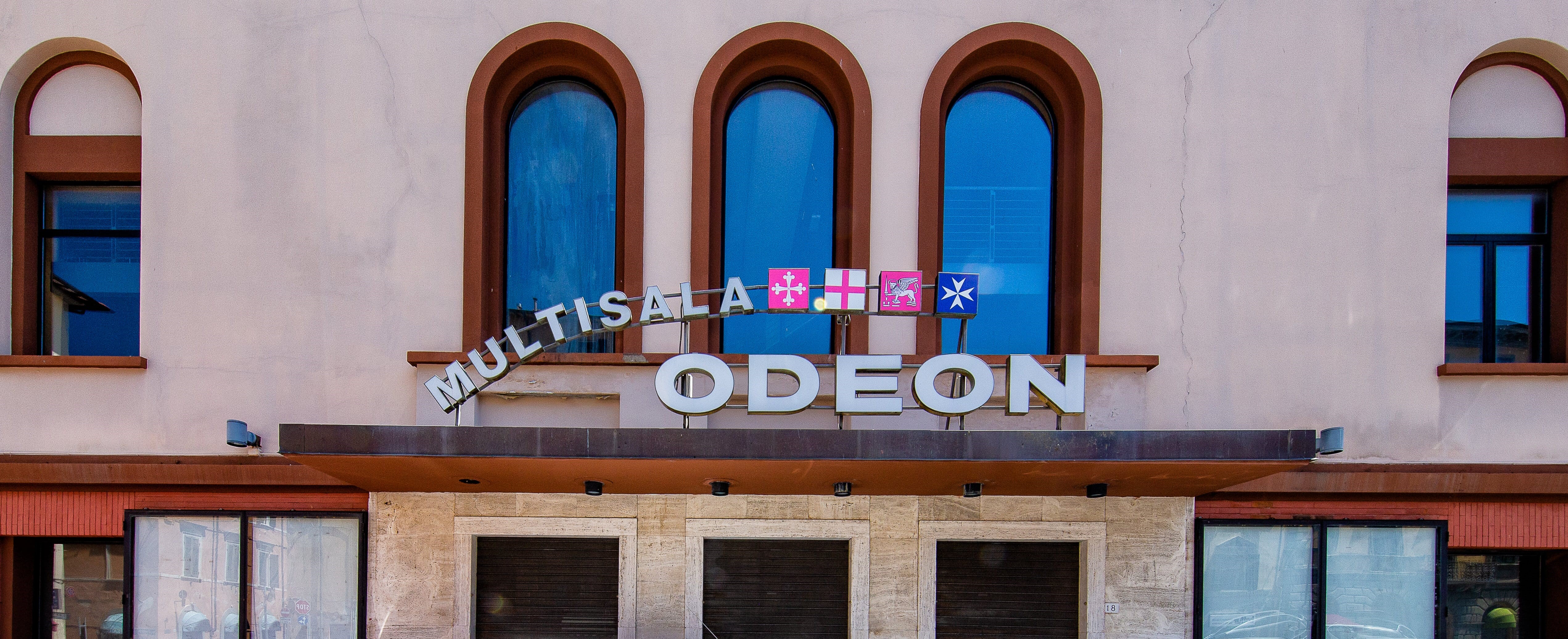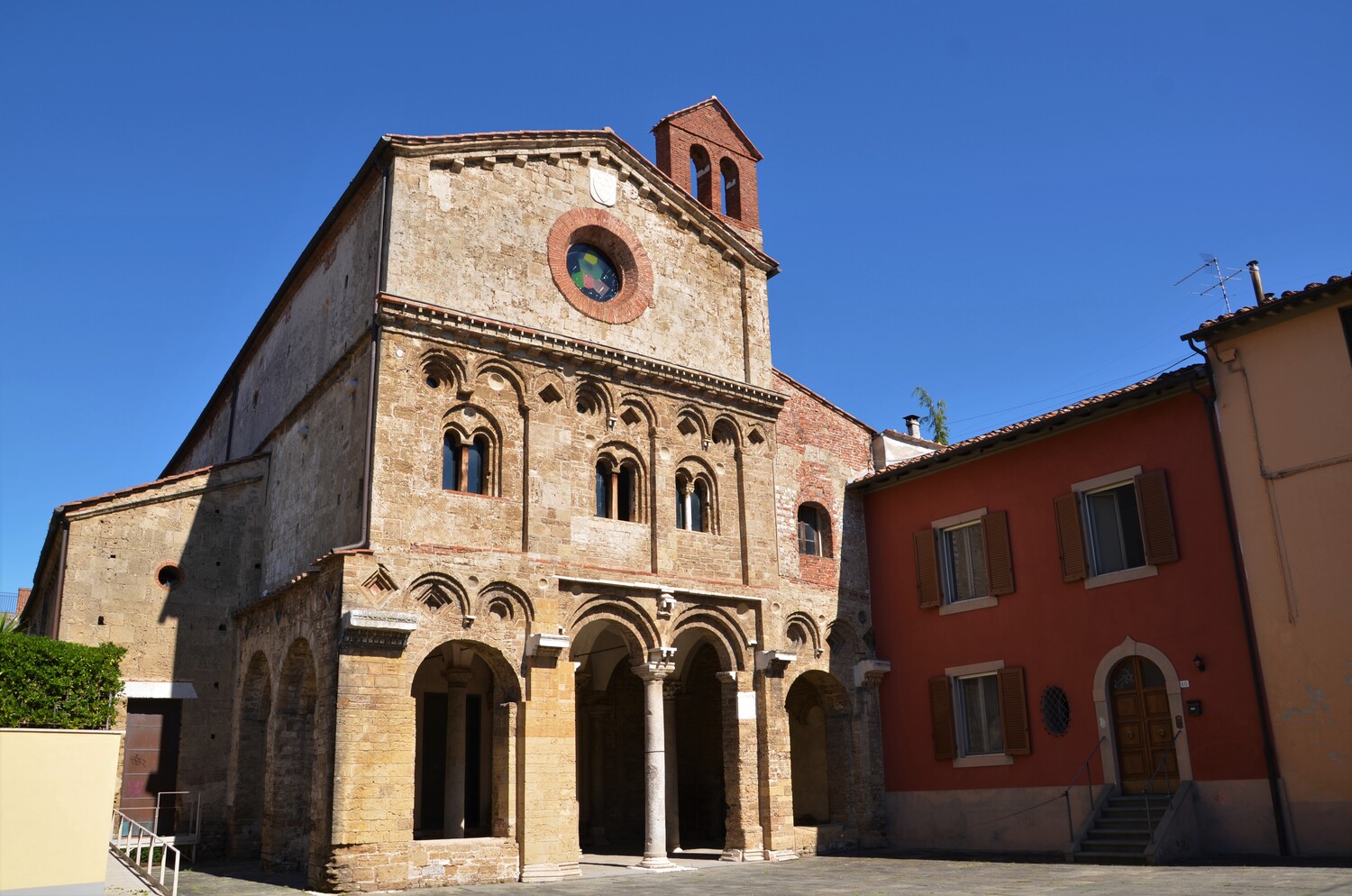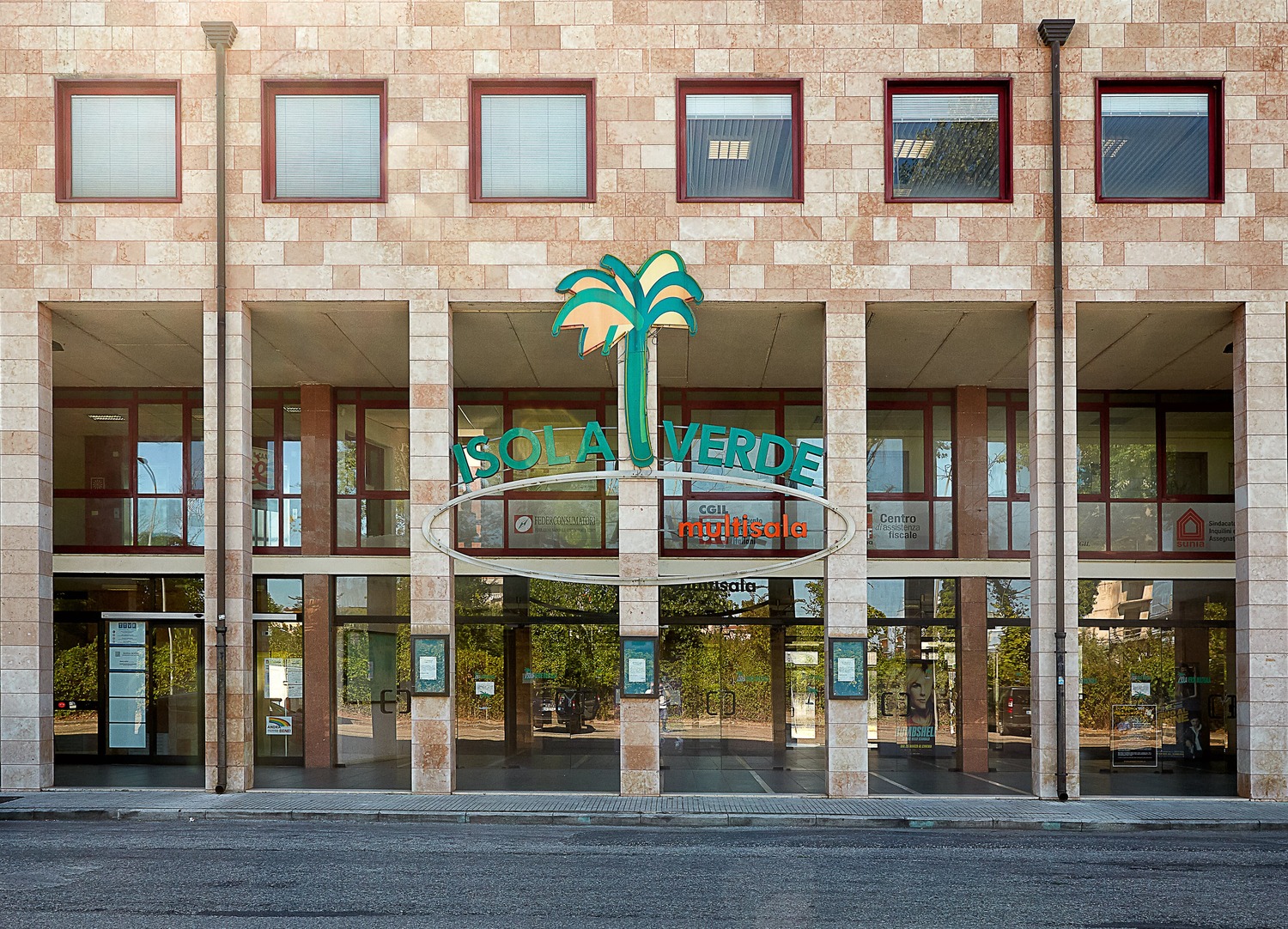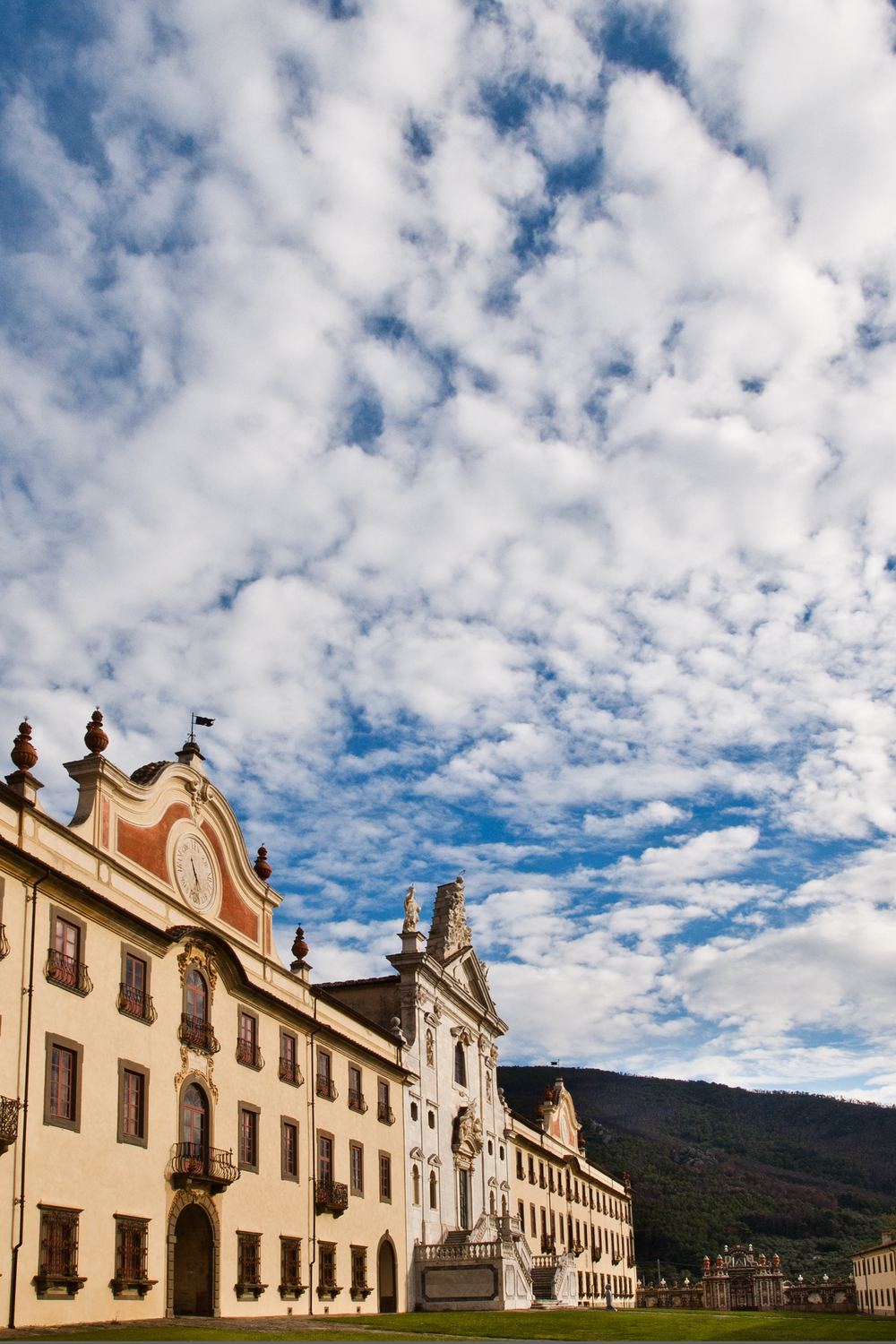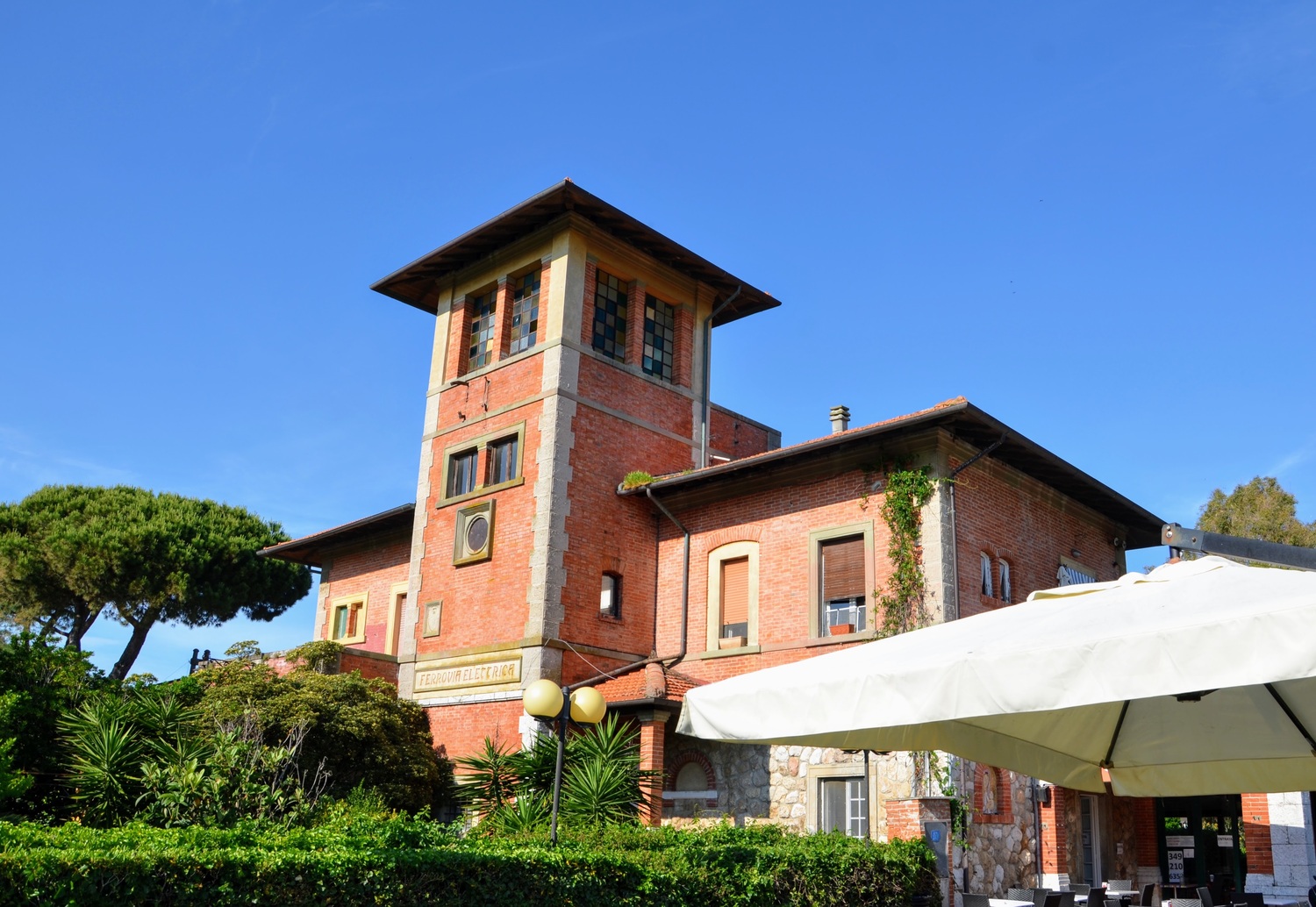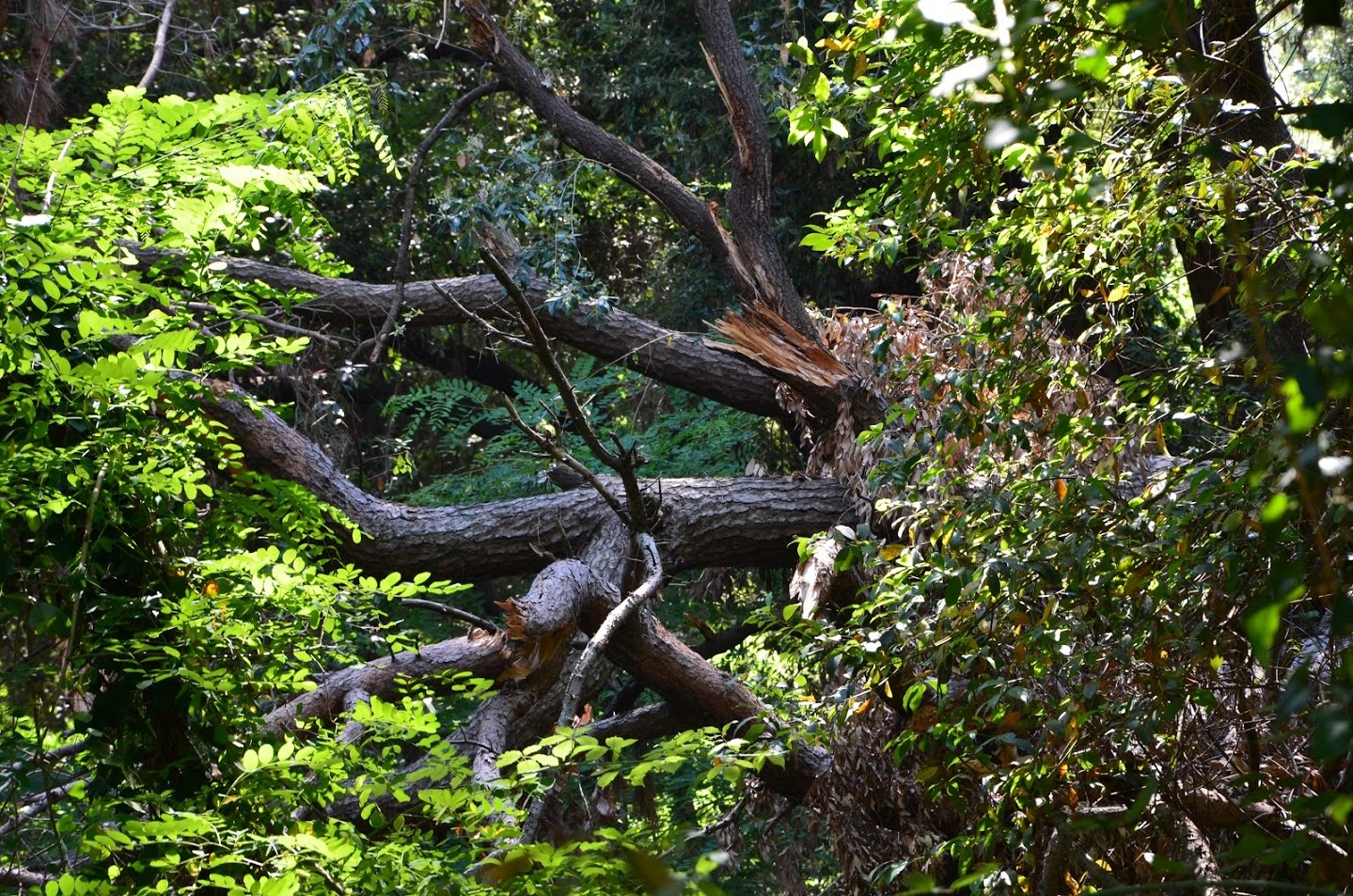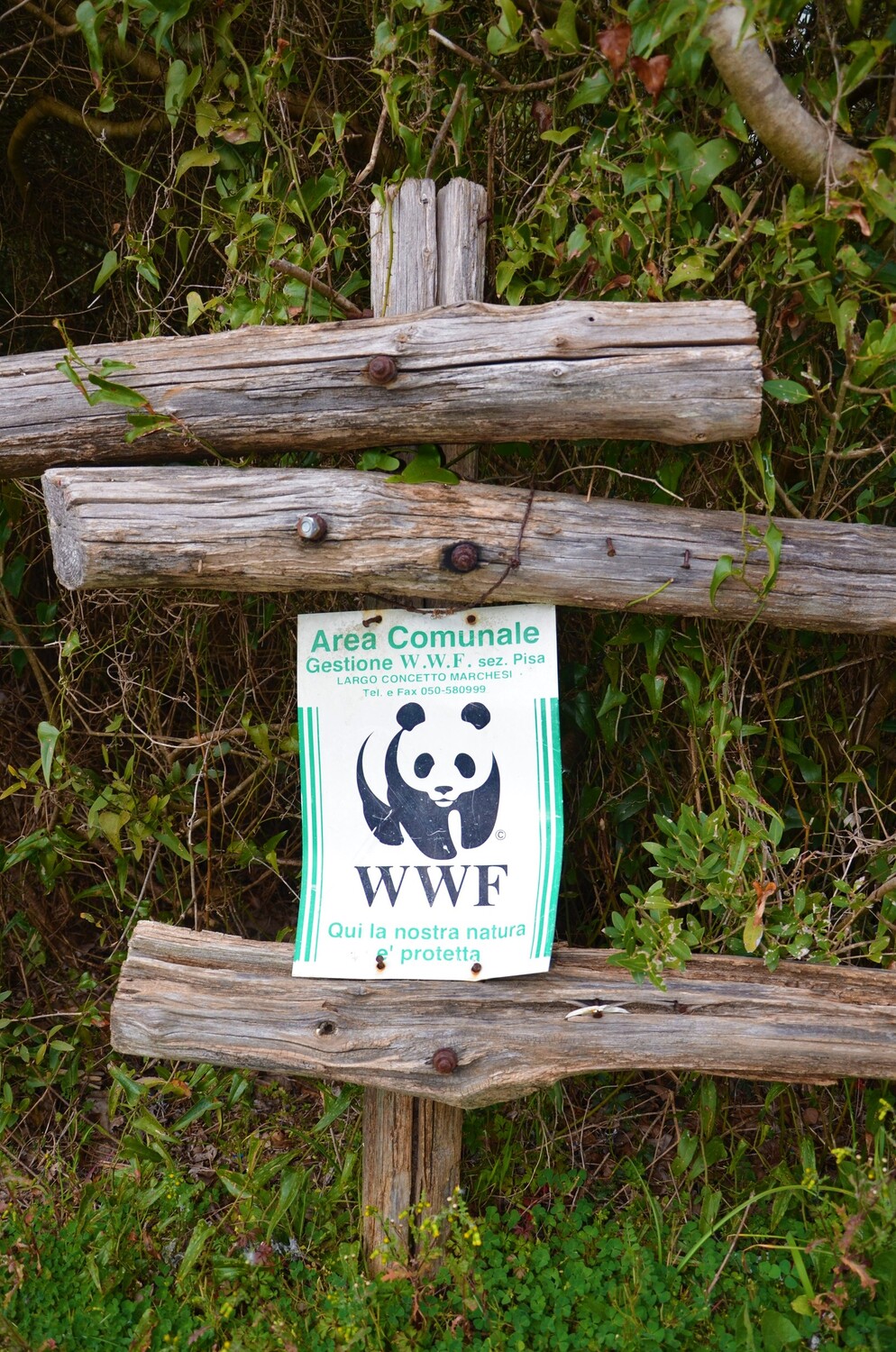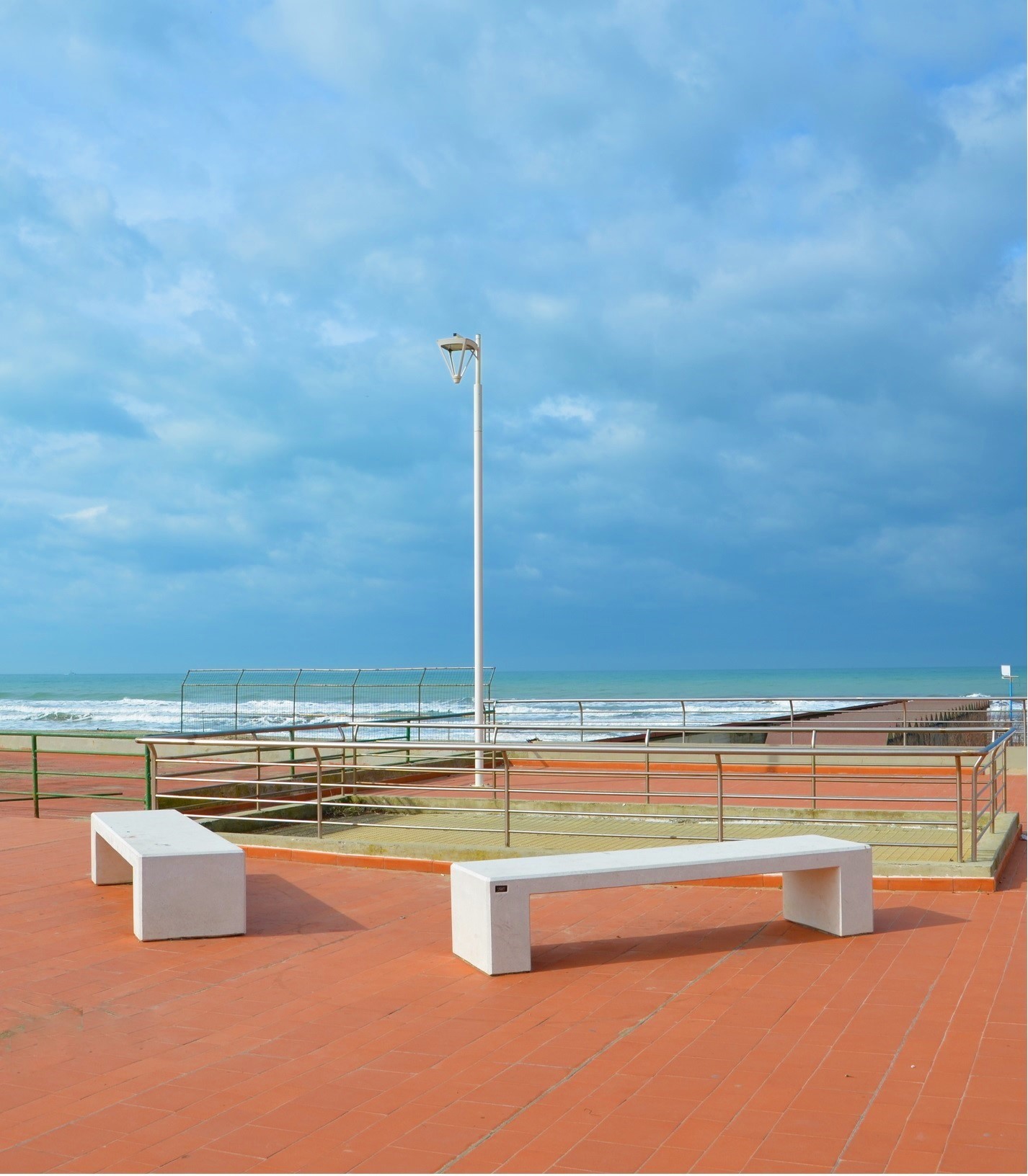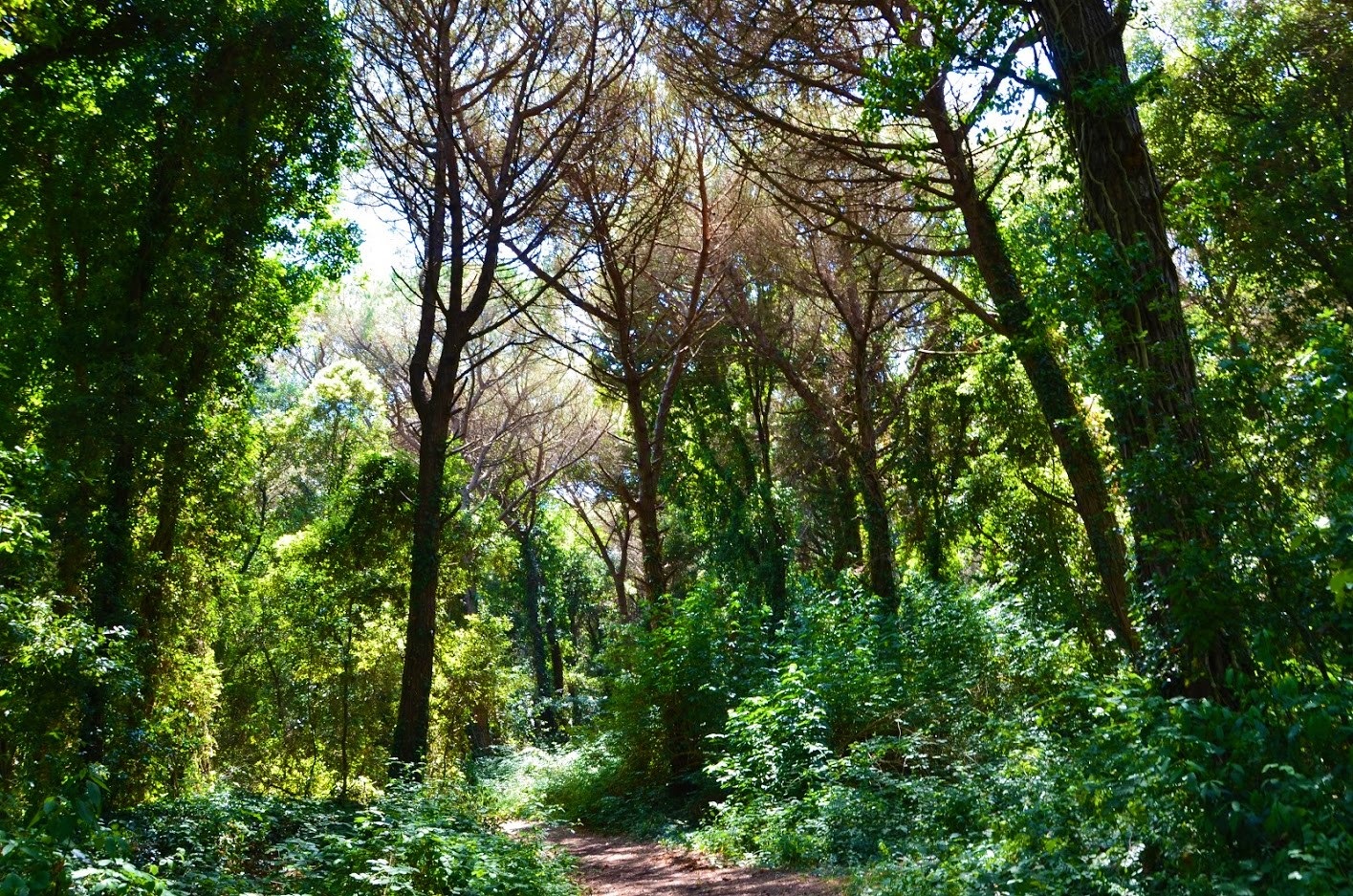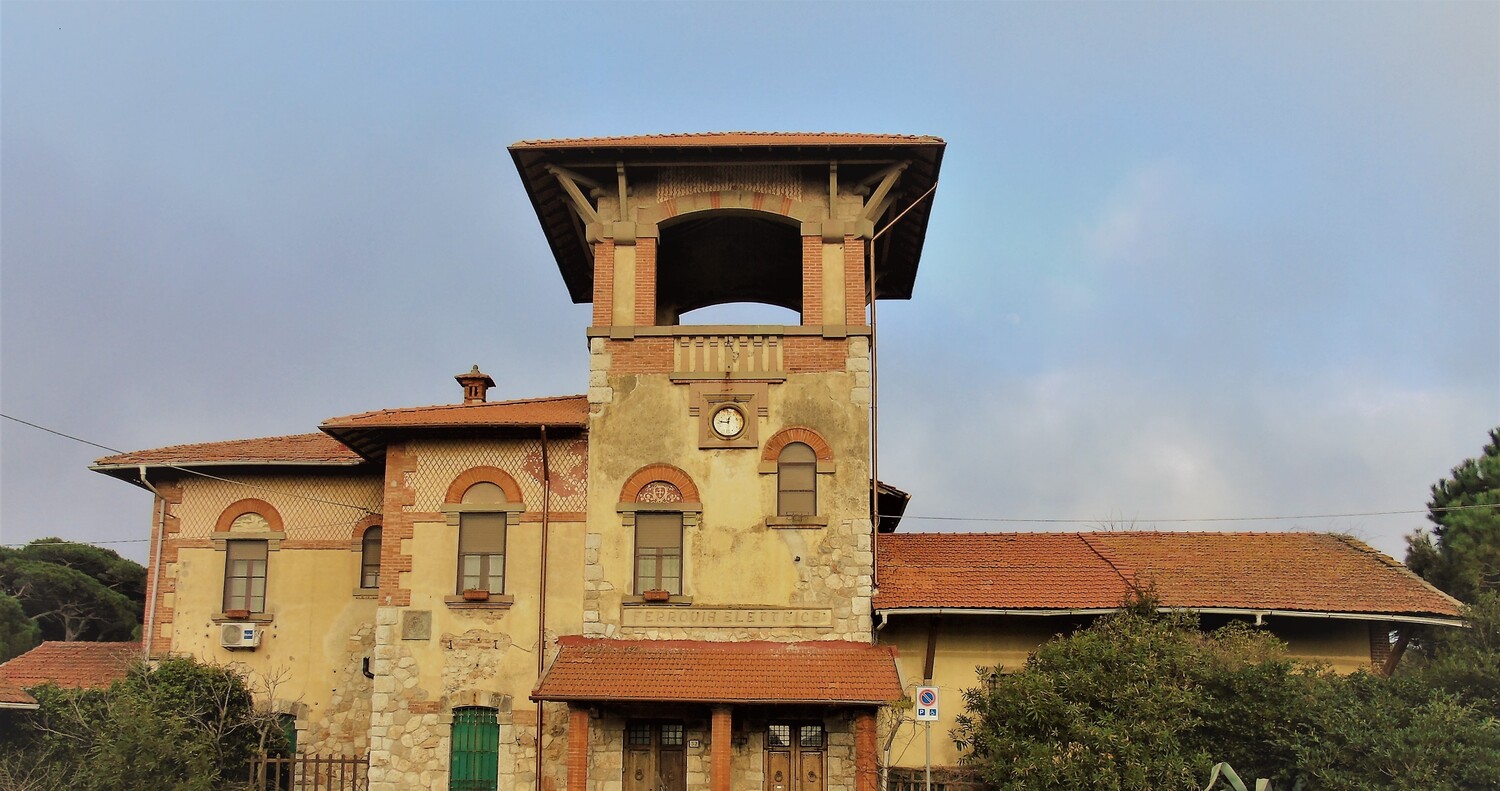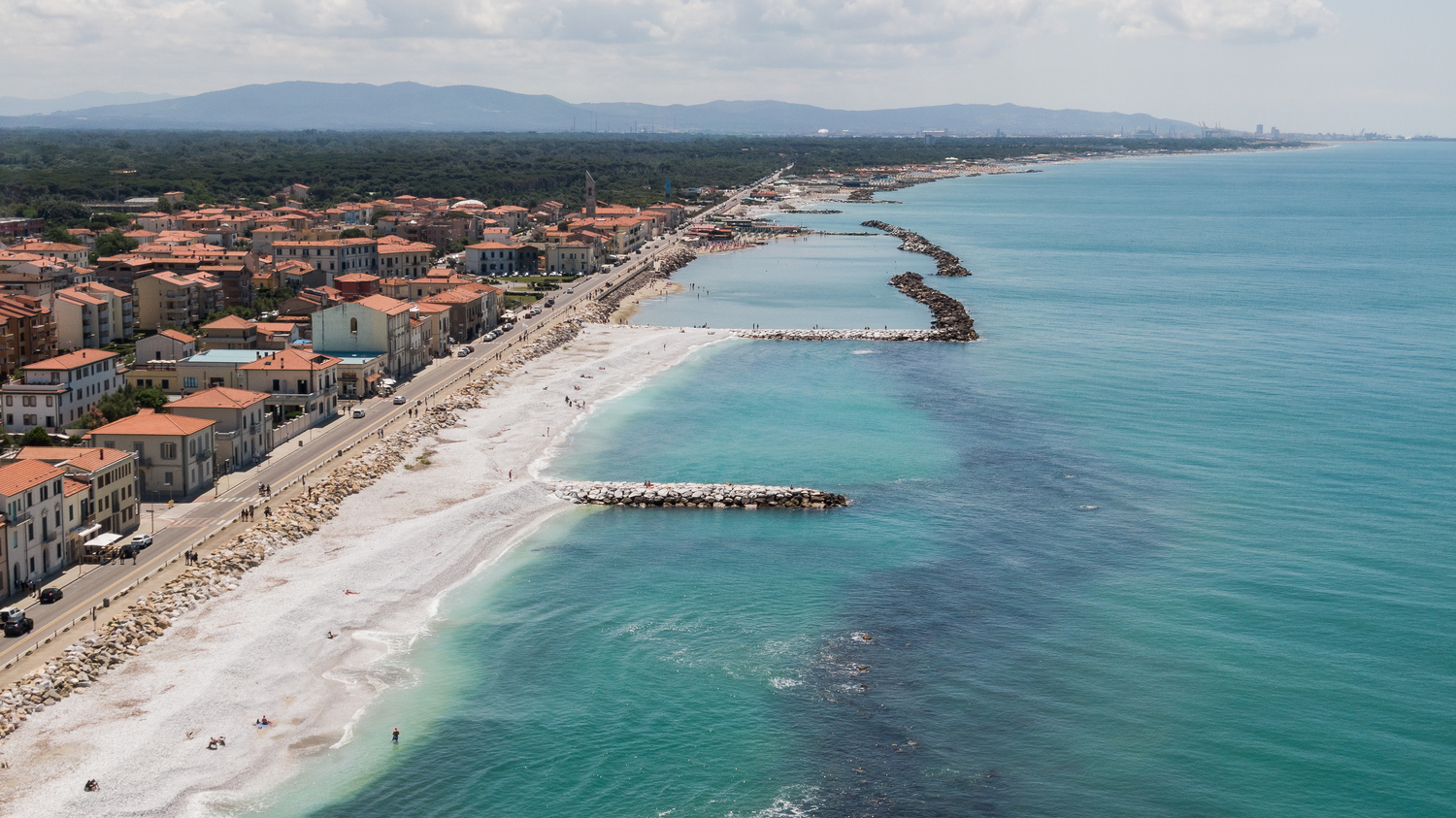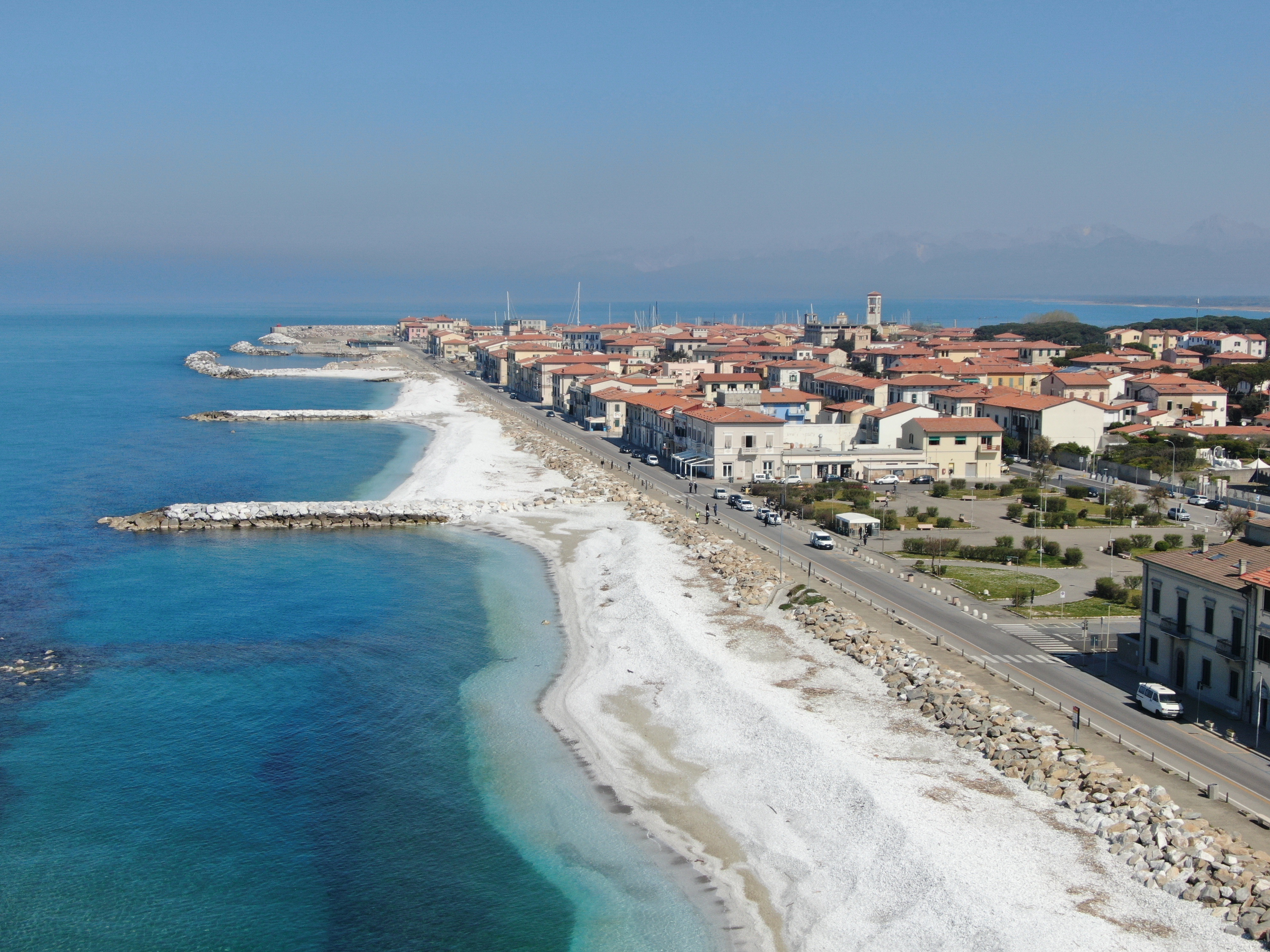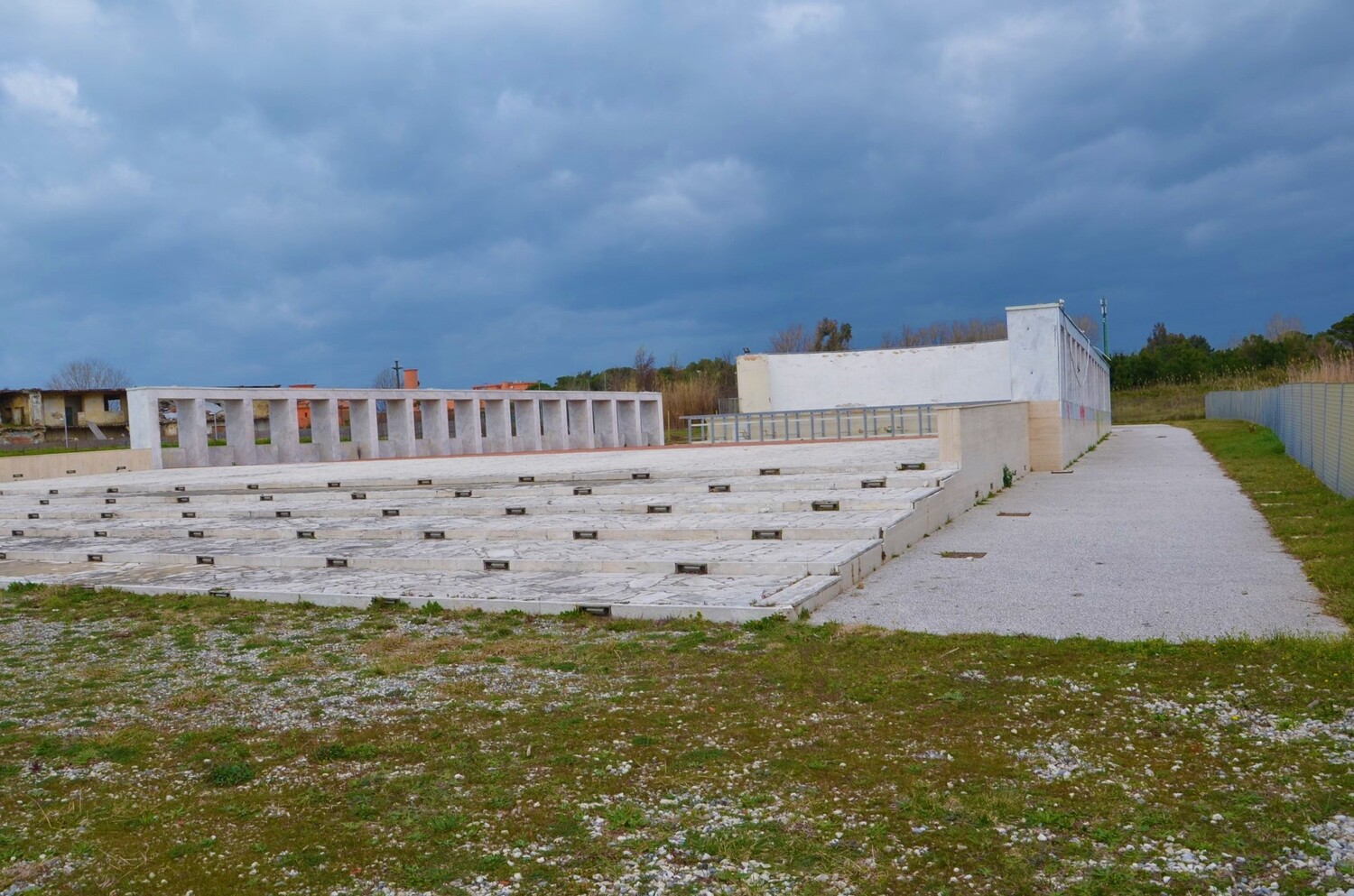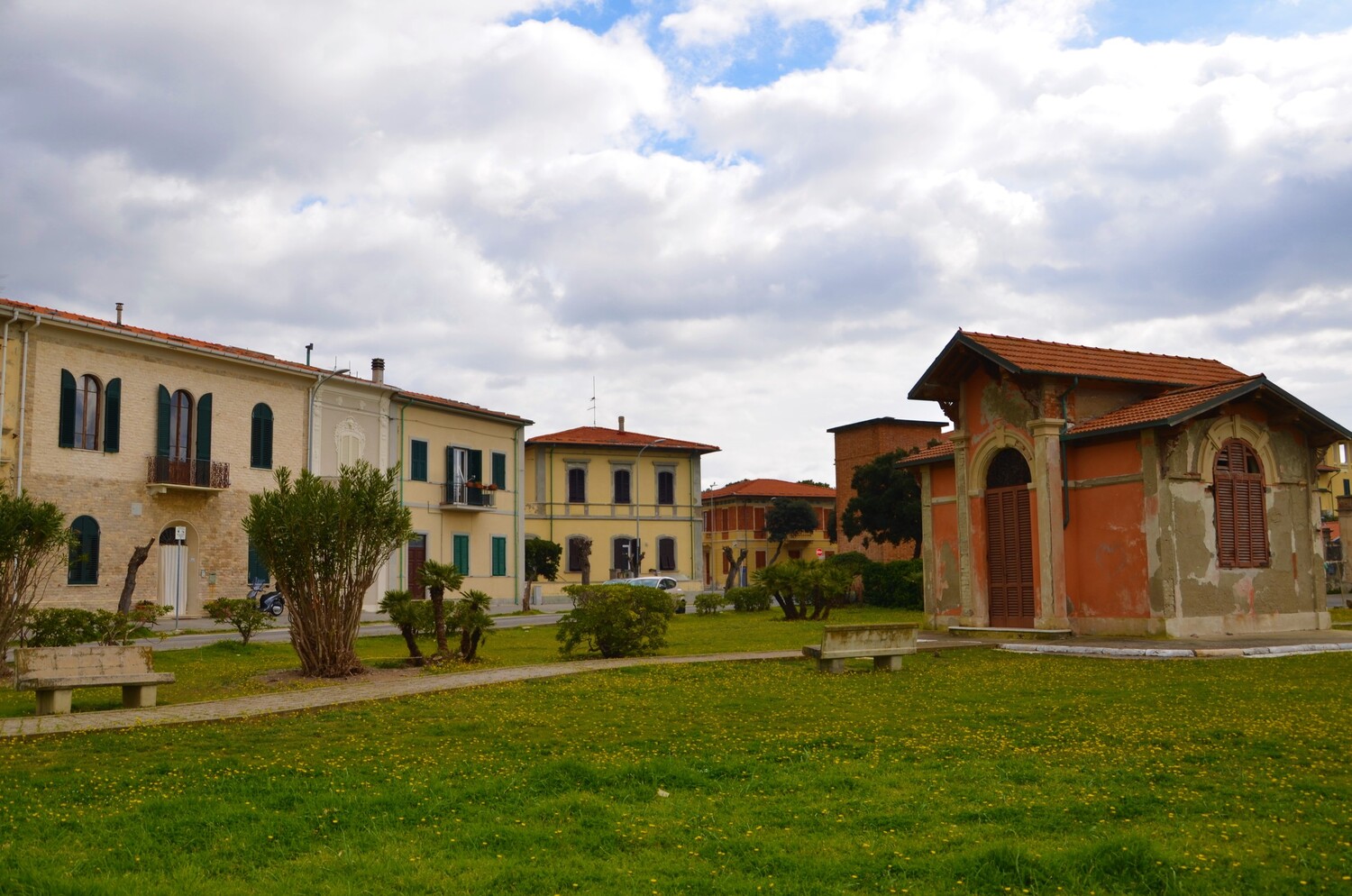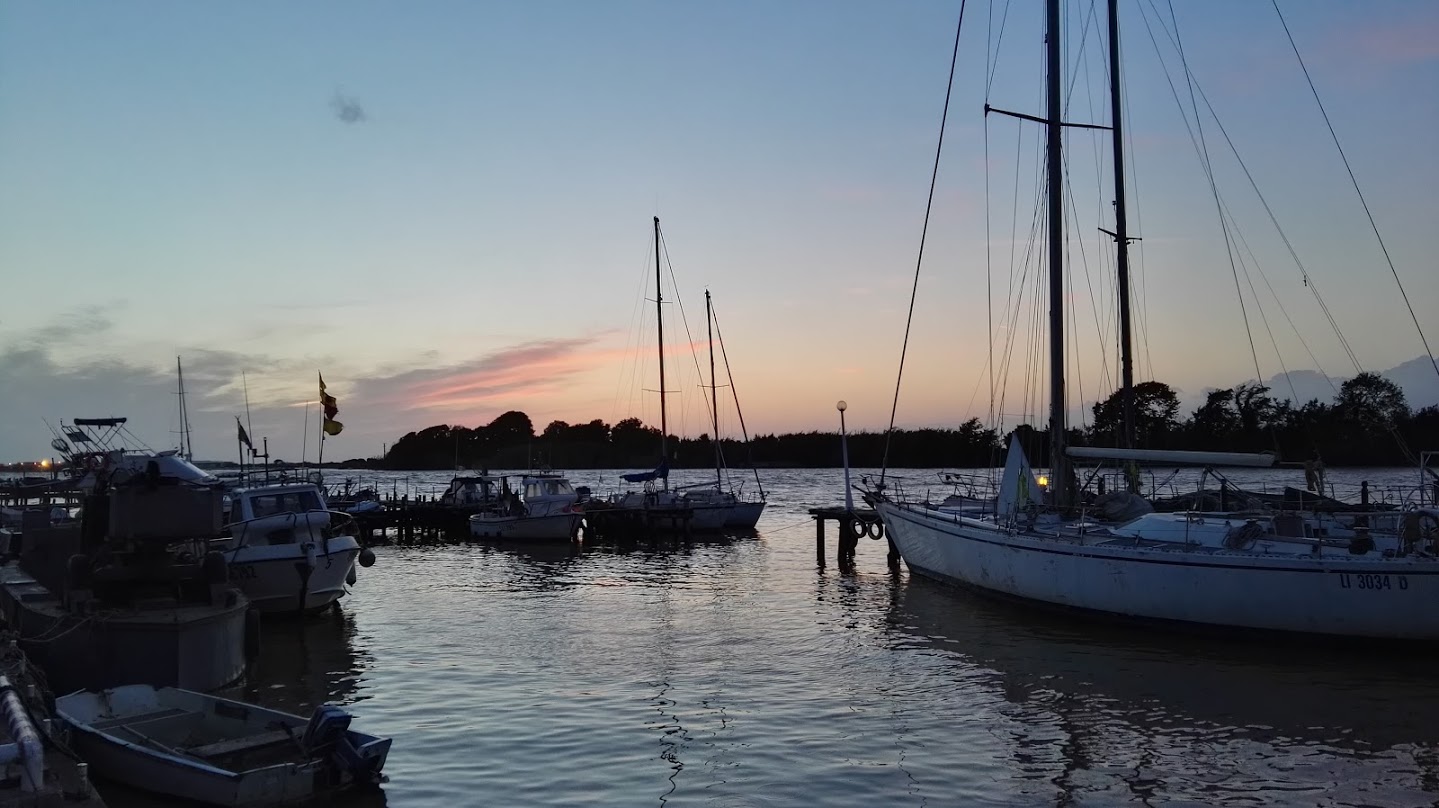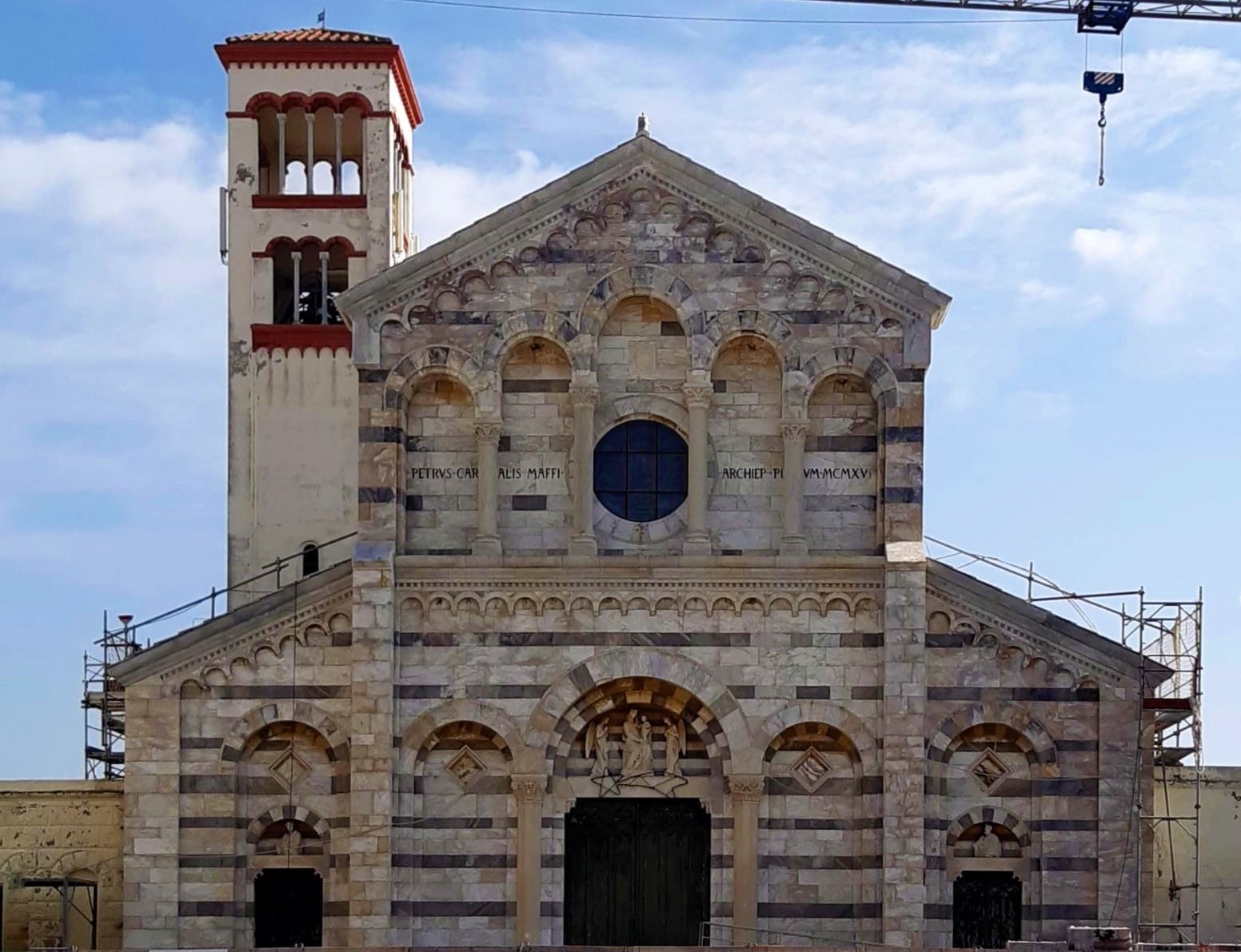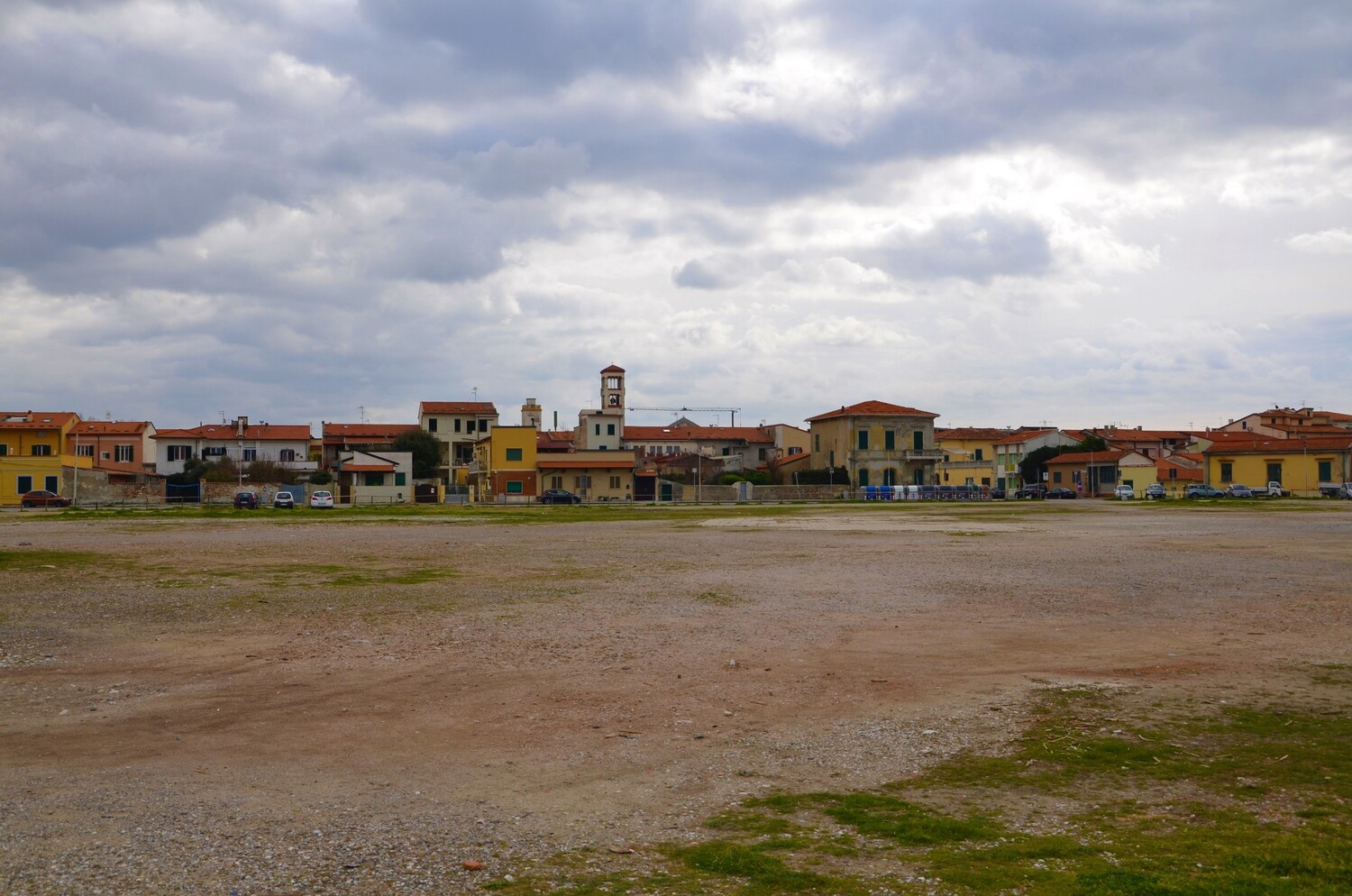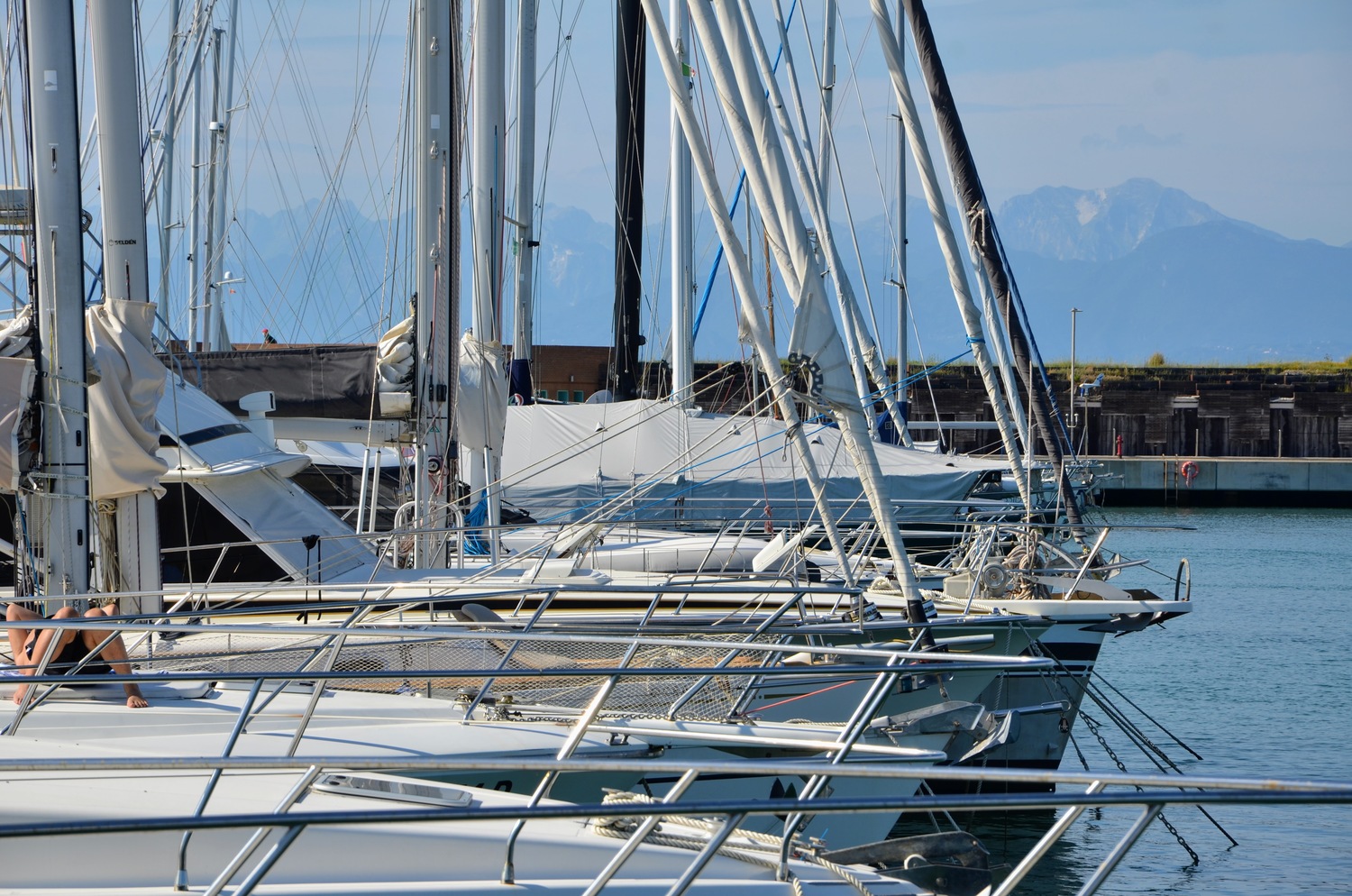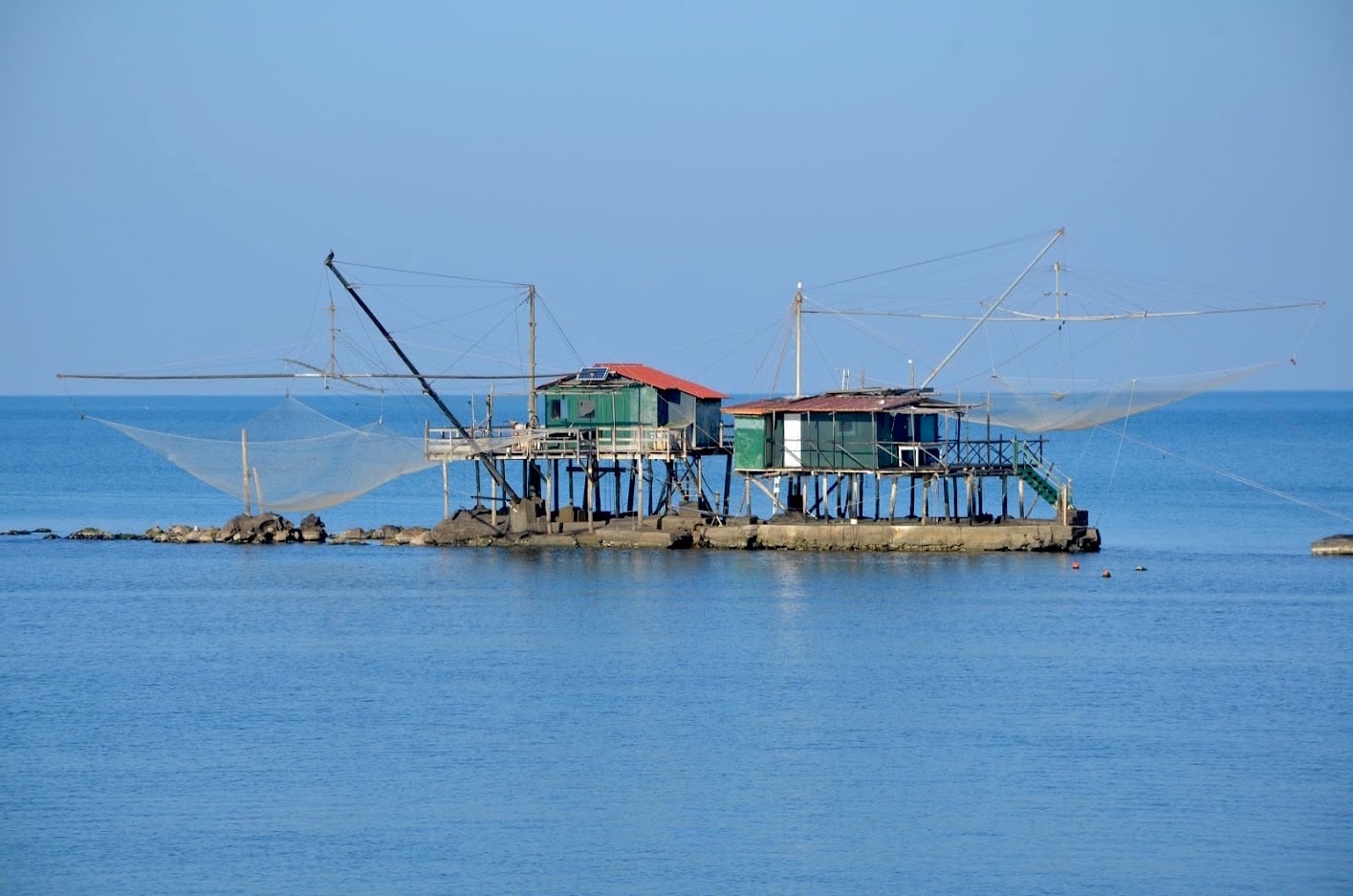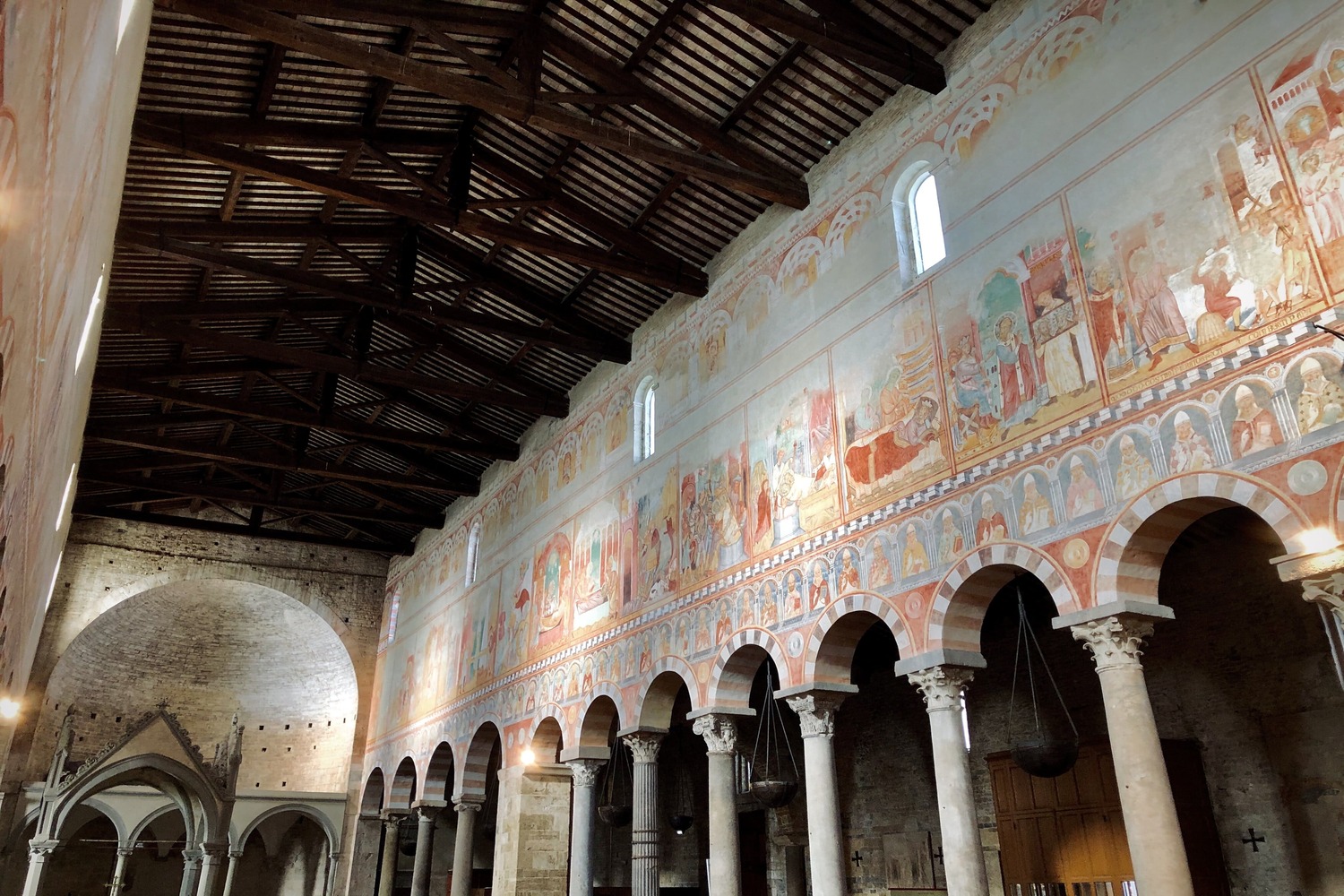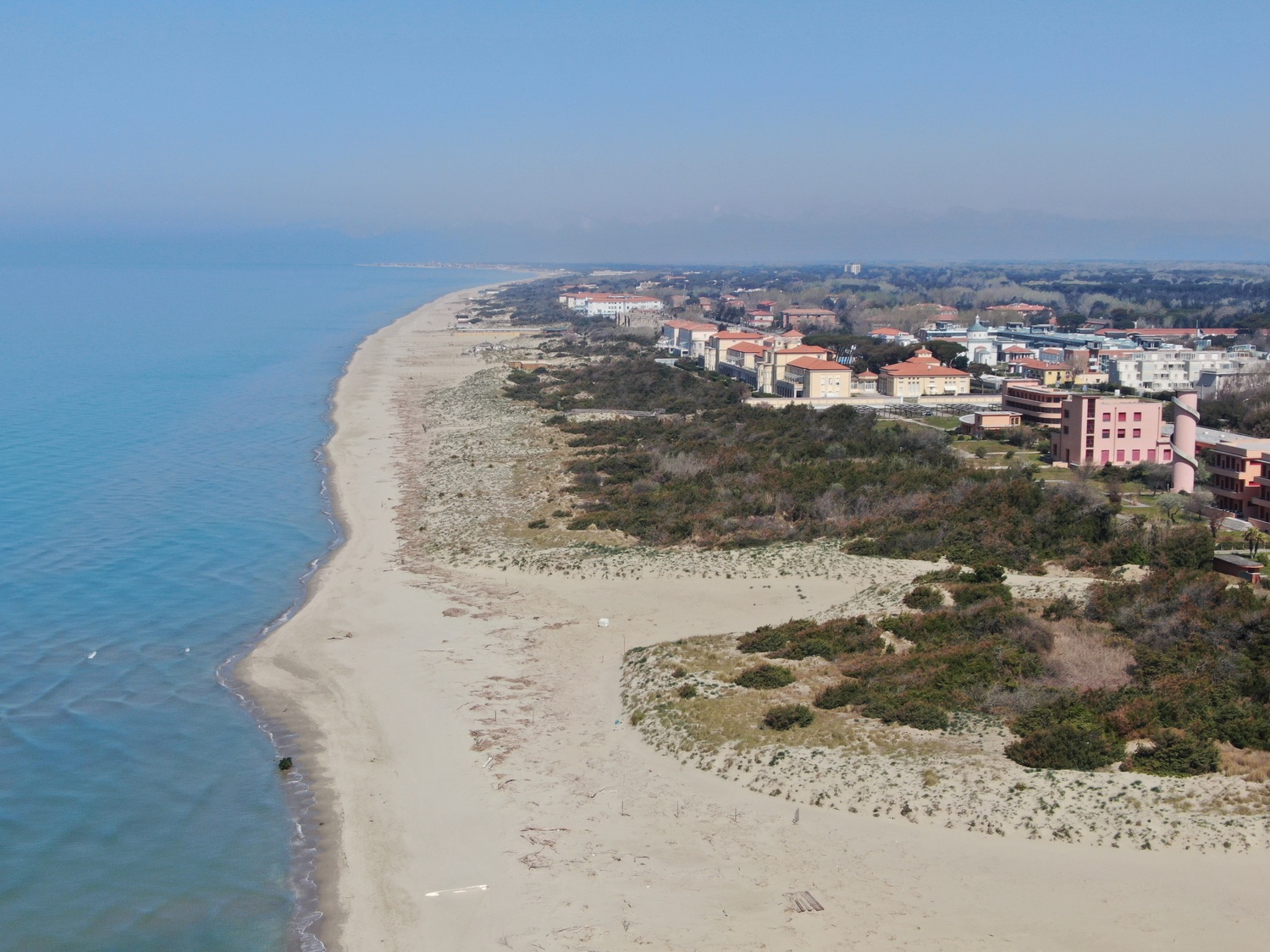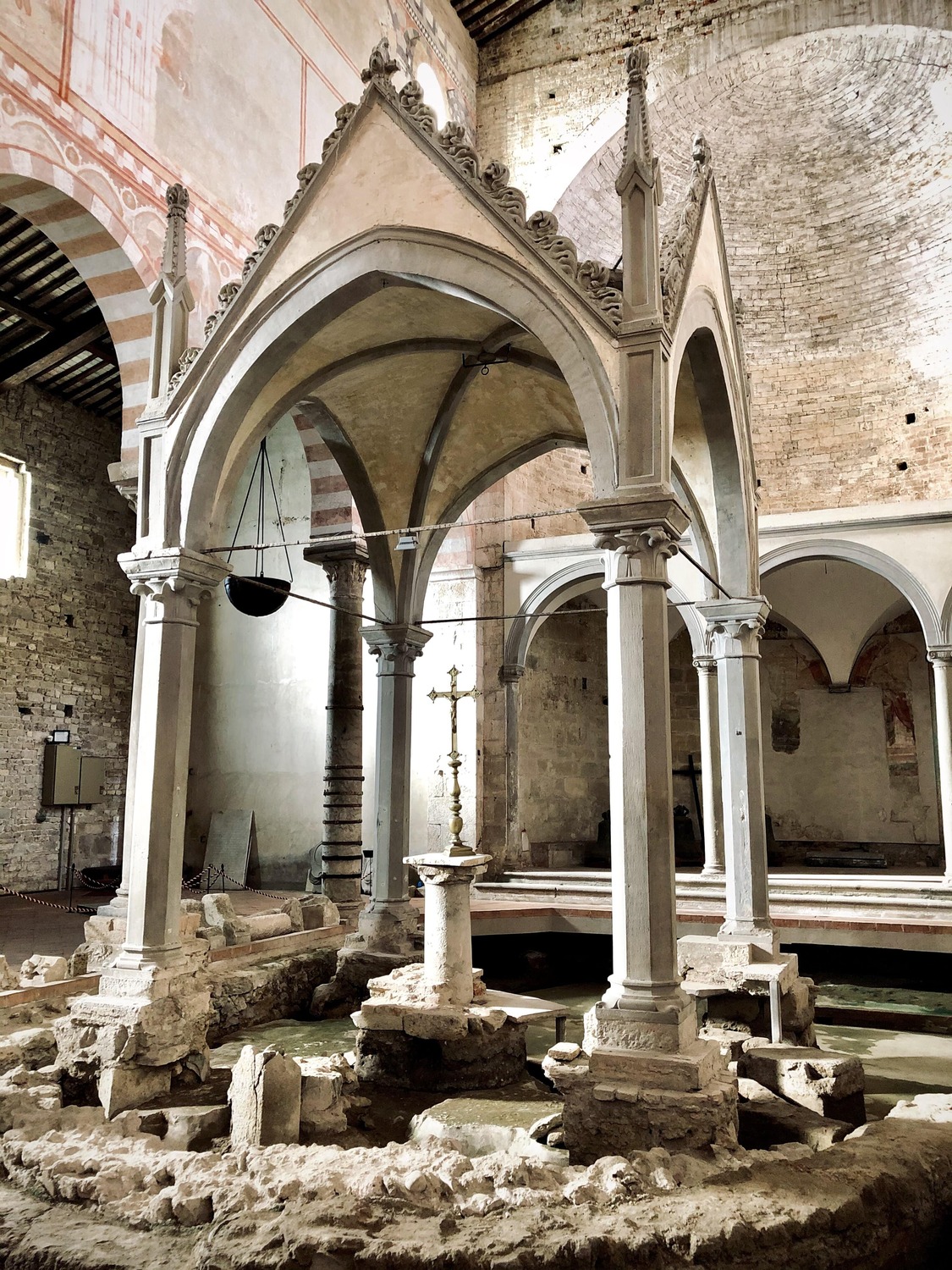Pisorno, the city of dreams
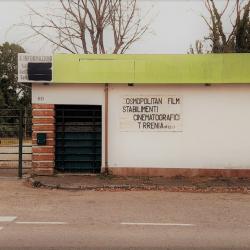
Films are yesterday's stories: an ancestral need of human communities is to tell and listen to stories. Watching a movie is what it used to be like sitting around the fireplace listening to stories.
In 1943 Pisa was bombed. The Germans requisitioned and closed the Pisorno studios. The first post-war film shot in the studios was Joseph Losey's Imbarco a mezzanotte (Stranger on the Prowl) (restored thanks to the project of the Municipality of Pisa 'Adopt a film. One hundred masterpieces to save'). The first film in colour was shot in 1954: Rigoletto e la su tragedia (Rigoletto). Then, in 1957 the great English producer Henry Saltzman arrived in Tirrenia to shoot the adventure film Captain Gallant and he liked it. He then returned to shoot a series of films from the novels of Ian Fleming based on the adventures of a secret agent of His British Majesty: a James Bond. However, the Pisorno studios showed clear signs of crisis, unfortunately they were unable to accept the proposal and shortly thereafter, in 1959, declared bankruptcy. The studios were then taken over by producer Carlo Ponti, who, with his wife Sophia Loren and Vittorio de Sica, attempted a grand revival of the production with Totò , Eduardo and Peppino de Filippo and Mastroianni... Pisorno no longer existed, the name of the new film studios became Cosmopolitan, until 1969, when the last major film was shot: 'L’assoluto naturale’ (He and She) (by Mauro Bolognini).
At that time it was cheaper to film in some Spanish studios and also Cinecittà's competition was getting stronger. In 1989, in homage to the history of cinema and to cinema as a storyteller, the Taviani brothers (originally from San Miniato, in the province of Pisa) decided to shoot part of their film Good Morning Babilonia right in this area.

